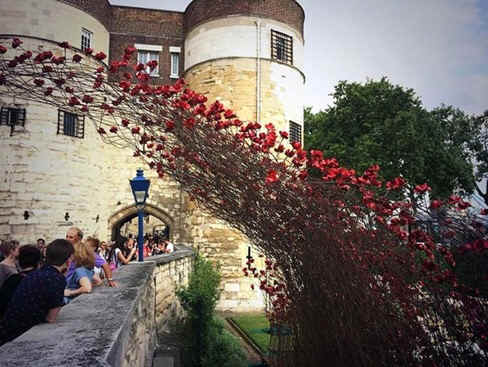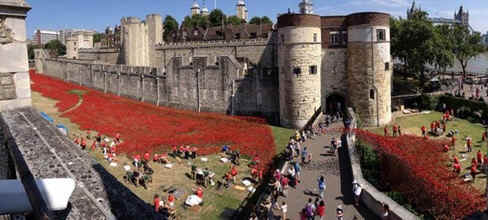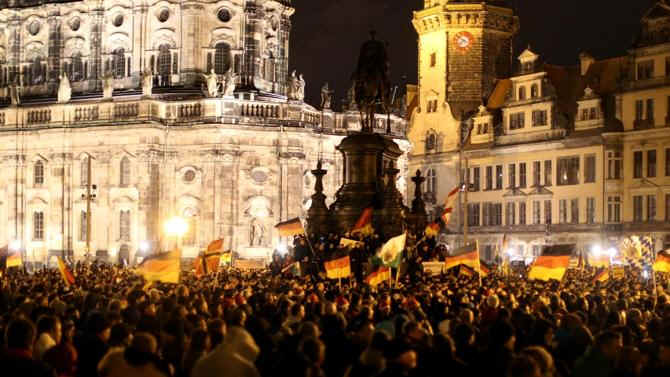UMKC Law Review
Spring, 2008
Law Stories: Tales From Legal Practice, Experience, and Education
*811 REFLECTIONS UPON OLD BOOKS, READING ROOMS, AND MAKING HISTORY
Michael A. Olivas [FNa1][FNa1]
Copyright (c) 2008 Curators of the University of Missouri; Michael A.
Olivas
Being a professor gives one many pleasures, and, at 57, I am noticing
how these satisfactions have changed over time. Early on, all that
counted was the race to publications, with some nod towards the quality
of placement and the externally-driven clocks of tenure and promotion.
In the next phase, I was acutely aware of audience, and produced a
number of pieces that were more policy-driven, in the hope that I could
reach readers and judges in different arenas.
At a certain point, these merit badges began to decline in importance,
and I have been driven by assisting students more, especially my
research assistants-I actively solicit them from my classes and contacts
at the University of Houston Law Center and require all of them to make
a good faith effort to seek judicial clerkships after graduation. Nearly
twenty have now done so, and I kick myself both for not having clerked
myself after law school and for not picking up on this type of
sponsorship earlier in my career. Finally, like some hidden National
Security Agency cryptographer who finally sees how the pieces of flotsam
and jetsam connect and discovers a network of spies or some deeper
meaning in life's texts, I have recently seen something of a convergence
in my own work, tying together many personal and professional threads
that were always there but not evident to me. This generous invitation
to write a law story, especially one that did not need to have many
footnotes, has given me the eureka moment of epiphany, where the clouds
cleared and I could feel the various strands coming together.
The Flotsam and the Jetsam: Five Not-So-Easy Pieces
Item one: Professor Richard Delgado contacted me to suggest I write a
book on a variety of academic stories. He and Jean Stefancic are the
editors of the important Critical America series, and he challenged me
to write down a number of the ideas he knows are floating around. It is
only fair, and symmetrical, since many years ago I had urged him to
write a book, and then he became a man on fire, writing about ten books
and editing the series for NYU Press.
Out of the blue, in the summer of 2006, he sent me this note:
I just reread Merit Badges, [FN1][FN1] which my librarian sent me (Jean
and I are at a writers' colony in Port Townsend, WA) in a packet. I
liked it even better the *812 second time, and still urge you to write a
book, perhaps for our series, that combines memoirs and
anecdotes/chapters from your life with political and legal analysis.
This would be a new genre, which you would pioneer, and would fill a
niche in nonfiction writing that no one else is better prepared to fill.
I could see chapters on your childhood, mixed with reflections on
poverty, welfare reform, and affirmative action; ones on your seminary
period using that as a springboard to discuss freedom of religion and
church-state issues; and ones based on your law school and teaching
career to discuss equal protection, the right to education, and
discrimination and affirmative action in upper-level jobs. [FN2][FN2]
When I sent him the list of things I was working on, he sensed-through
the e-mails, not in person-some ambivalence, and being Richard, he said
so. Richard and I are close, and his remonstrance struck me. I wasn't
really ambivalent, and I keep a pretty strong writing schedule; in fact,
I had just finished the third edition of my casebook and its damned
Teachers Manual, [FN3][FN3] and a big writing project on the legal
history of a case to which I was trying to draw people's attention and
had already booked about a dozen lectures, [FN4][FN4] over and above my
other travel and lecturing obligations. But he was right that I did not
appear to be excited by them. Had I reached a point where no writing
projects were exciting me? Had my deep well finally run dry, like so
many others had in my arid native New Mexico?
I need not have worried. Spurred by his invitation to put together a
book proposal, I did so, even if it was on a different topic than the
one he had identified. A request by another publisher actually tipped me
over the lethargy point, when I was invited to review a project on a
topic I really wish I had chosen myself: an analysis of higher education
legal topics, including defamation cases by faculty against each other
and other such topics-ones I follow both as a student of higher
education and as a college law casebook author. When I reviewed the
proposal, and urged them to “run, not walk” to sign up the author,
the editor thanked me for the “lovely and helpful” review and
invited my own proposal some time.
There they were-two invitations from two great presses to move forward
with book proposals. To be sure, these were two different projects, but
solicitations hold out the promise of a first date, where you just do
not know how it will go, but it moves you off the dime with the
expectation. As a result, I am actually doing both of these projects, on
parallel tracks, one a collection of academic essays, or essays about
academic life, and a book on Plyler v. Doe, [FN5][FN5] the *813 case
about the rights of undocumented children to attend public schools in
the U.S. Plyler was a Texas case, in part a Houston case, and I have
written a half dozen articles and chapters on the topic. [FN6][FN6] But,
remarkably, there has never been a full-length book on the case in the
twenty-five years since it was decided, so I hope to re-examine the case
and its importance through the lens of this past quarter century.
Item two: on June 5,
2007, an important date in Mexican American history was commemorated-the
fortieth anniversary of the violent takeover of the Tierra Amarilla, New
Mexico courthouse by Reies Lopez Tijerina, a native of Texas who was
leader of a small group of family members and others in his itinerant
ministry. A New York Times story recalled the raid and its historical
significance:
His existence is far removed from the days when he was a leader in the
land-rights struggle in New Mexico. He was thrust into the national
spotlight in 1967 after leading an armed raid on a courthouse in Rio
Arriba County in which two men were shot and others taken hostage. That
violence led to a manhunt for Mr. Tijerina and more than two years in
prison; his exploits were celebrated in folk songs like “The Ballad of
Rio Arriba.”
That event injected radicalism into the Chicano rights movement and was
the crowning moment for a man with an unconventional personal
trajectory. Largely self-educated, Mr. Tijerina traveled throughout the
United States as a Pentecostal evangelist before founding a utopian
religious community in the Arizona desert with 17 families in 1956.
It was as leader of that group, Valle de Paz, where Mr. Tijerina says he
had a vision involving three angels, an event advancing him into
advocacy over the land grants the Spanish crown had given settlers
centuries ago in what is today's Southwest. He formed the Alianza
Federal de Mercedes Reales, which claimed that Anglo speculators took
control of much of that land in violation of the Treaty of Guadalupe
Hidalgo, which ended the Mexican-American War in 1848.
Since the turbulent 60's, however, Mr. Tijerina has largely fallen from
public view. His politics evolved from confrontation to coalitions, and
he wrote a lengthy memoir in Spanish, “Mi Lucha por la Tierra”
(“My Fight for the Land”), published in Mexico in 1978. After his
house in New Mexico was *814 destroyed by fire in 1994, Mr. Tijerina
moved to Uruapan, in central Mexico, where he married for a third time
and lived quietly until decamping last month to Juarez.
“People are continuously surprised to find out he's still alive,”
said Rudy V. Busto, a professor of religious studies at the University
of California, Santa Barbara, and the author of a new book on Mr.
Tijerina's religious thinking.
“He could easily be dismissed as absolutely crazy, but if you sit with
him and give him an opening he will convert you,” Professor Busto
said. “His worldview is internally consistent and based upon an
adherence to divine authority found in sacred and historical texts.”
Mr. Tijerina still employs a preacher's mastery of communication, citing
Scripture and law, repeating his main points and reaching out to his
audience, sometimes tapping them on the shoulder. On immigration, he
said illegal immigrants were “simply coming back to their land,” a
nod to Mexico's control of the Southwest until the mid-19th century.
“Bush's own ranch is on stolen land,” he said, explaining how Texas,
including President Bush's ranch near Crawford, was wrenched away from
Mexico by secessionists in 1836.
Rose Diaz, a research historian, said, “Reies has a right not to trust
government.” Ms. Diaz secured Mr. Tijerina's personal papers for the
political archives at the University of New Mexico. The documents, which
include declassified parts of the Federal Bureau of Investigation file
on Mr. Tijerina, show that the agency monitored him for more than a
decade while repeatedly trying to infiltrate the Alianza.
At times, Mr. Tijerina's thinking veers into the bizarre. He insists
with prophetic intensity and theological references, for instance, that
the United States is flirting with nuclear disaster through its military
actions in the Middle East. He is also immersed in Jewish Scripture and
history, and frequently refers to Israel's military strength and tension
with radical Islam. [FN7][FN7]
The Times story is a good
summary of the events and a largely-sympathetic portrayal of Tijerina.
Buried in the police-blotter details is the short reference: “two men
were shot.” What the article does not do is name the victims of the
raid: one of the two was the Tierra Amarilla deputy sheriff, Daniel
Rivera, while the other was my cousin, Eulogio (Eloy) Salazar, the
courthouse jailer. Cousin Eloy was called as a fact witness in the trial
that ensued, but before he could testify, he was taken and beaten to
death with a baseball bat or other stick. The police officials who found
his body, near the small town of Canjilon, New *815 Mexico, indicated
that they had never seen such a brutal murder. While his murderers were
never brought to trial, my father's family from the area always felt
that Tijerina and his brothers and supporters were the only ones who
benefited from Salazar's death. Colleagues who are familiar with this
complex history also have suggested that police authorities might have
been responsible, but I do not live near the grassy knoll, and so have
come to accept that we will never know who did exactly what.
I do not write here to fill out the record, for I am not
sufficiently-arm's length and thus would make a poor scholar of the
events. The record is surprisingly spare, however, and few authoritative
books have appeared on the raid or its aftermath. I am also not as
forgiving as Cousin Eloy's widow, who is also my cousin, Casilda Olivas
Salazar. At 93, she still lives in the house near the TA courthouse that
Eloy built in the 1960's and never finished because of his murder. She
spends her days with her daughters and grandchildren, takes a van to the
Pojoaque Cities of Gold casino to play bingo (at 90, she cut down from
32 cards to 24, saying it was “not ladylike” to play so many cards)
and a game she recently took up, Texas Hold ‘em, where she won $2500
on her first foray into the sport. She called me in August 2007 to tell
me she had made us a quilt from scrap cloth we had taken to her in the
summer, when we went to call upon her and pay respects. She hid in plain
sight from the reporters who were sniffing out Tijerina commemorative
stories, and to the best of my knowledge, she has never spoken publicly
about the events or her husband's murder. She was a housewife and
mother, and after her children were grown, she became the cook and
serving lady in the local public schools. While we were at lunch at the
town's only diner, a number of the people there came up to greet her and
commented that they especially remembered her enchilada lunches and
bizcochito cookies from their school menu.
I remember clearly when I was a boy, and my father and grandfather-who had grown up in Tierra Amarilla, and who were heirs to the Olivas homestead in nearby Brazos, New Mexico-took us to the courthouse to see Cousin Eloy, whom I recall clearly as a gruff, no-nonsense kind of man. He once locked me and my brothers in the jail in a “scared straight” kind of fashion when we misbehaved. We hung tough for about five minutes and then began crying to be released, in a scene reminiscent of the movie Salt of the Earth, where the jailed wives and mothers banged on the bars, crying. Eloy released us, on the promise that we would not be cochinos any longer, one of the first times I heard the derogatory word applied to me.
Item three: in Fall 2007, I am in the Beinecke Rare Book Room at Yale University, on a trip to give a lecture at Yale Law School, and I have arranged to spend the entire day reading old manuscripts housed in that extraordinary facility. I have come to begin the project that will eventually be my last such undertaking-to read all the materials that still exist, published by Rev. Antonio Jose Martinez y Santistevan, who lived from 1793-1867 in what is now the State of New Mexico. At the time he lived, the land was the colonial frontier New Spain, and then Mexico, and then occupied United States land, and then U.S.-territorial New Mexico, and, after his death, the State of New Mexico. My grandfather Sabino Olivas once kidded me that he had not crossed into the *816 United States, but rather the United States had crossed over him. Padre Martinez was the first native born (that is, native to New Mexico) Catholic priest, the first canon lawyer, and among the first lawyers in New Mexico. He had been trained as a priest and lawyer in the major seminary in Durango, the provincial capital of Nueva Vizcaya, New Spain (which today covers both the Mexican States of Durango and Chihuahua). What is now New Mexico was then part of the Diocese of Durango, a huge area that encompassed all the Northern empire, reaching into Colorado. He was from Abiquiu, a small town near Santa Fe and Espanola, made famous a century later by the artwork of Georgia O'Keeffe (who lived there and painted its landscapes). In Taos, in 1833, he founded a small seminary, and when the United States occupied New Mexico in 1848, he converted his school to a law school, realizing that the new rule of law would be as necessary as the rule of Catholic proselytizing had been in the previous governance. (He is said to have established it on the premise that “the lawyers were the ones who would now be riding the burros.”) In addition, he served in the Mexican and U.S. legislatures, the only person in history to have done so, and brought the first printing press to the territory, where he published a newspaper (“El Crepusculo” [“The Dawn”]), commercial and government documents, books, and pamphlets. [FN8][FN8]
When I was a young boy, Padre Martinez was a vague historical figure to me, one who featured in the novel required to be read by all New Mexican school children, Death Comes for the Archbishop, by Willa Cather. [FN9][FN9] In the novel, the heroic French Archbishop (modeled upon Archbishop Lamy, the first Catholic bishop of the territorial U.S. Archdiocese of Santa Fe, and a Frenchman) civilizes the backward and parochial locals, including the scheming local priests, modeled upon Martinez. I even remember taking some youthful pride that a real novel was set in my homeland and centered upon the Cathedral church, built by Lamy. I had a cousin who was a Franciscan priest, Rev. Antonio “Buddy” Valdez, my Dad's closest cousin, who actually lived for several years in the rectory of St. Francis Cathedral rectory, where I received the Sacrament of Confirmation and where I served Masses as a high school and college seminarian in Santa Fe. In 1964, when I was about to enter the seminary in ninth grade, Cousin Buddy introduced me to his friend and Franciscan historian, Rev. Angelico Chavez, who wrote the definitive work about New Mexico history, including that concerning Padre Martinez. Today, the State of New Mexico Historical Library in the Palace of the Governors is named after Chavez and has a statue of him outside the entrance, just off the Plaza. Father Buddy wanted me to meet his colleague, so I was ushered into his presence in the living room of the rectory, where he said to me in Spanish, “Olivas? Are you from the Las Vegas Olivases or the Tierra Amarilla Olivases?” I replied, “Tierra Amarilla, y Los Brazos,” whereupon he said, “Juan Bautista de Olivas, on the second de Vargas expedition, 1693, no, I'm *817 wrong, 1695, and they founded the Santa Cruz mission. He was a great man.” At 12 or 13, this display of erudition and genealogical certainty impressed me beyond belief, and I think of the matter whenever I pass the Cathedral or see his statue at the Library. I later remember tracking the information down in Chavez's authoritative volume Origins of New Mexico Families, [FN10][FN10] and whenever I am involved in any Northern New Mexico family matter or historical research on the subject, I am suffused with the memory that my people were known and that the first family member to enter what is now New Mexico was “a great man.” If Angelico Chavez said so, que manda,
manda.
As I sat in the magnificent reading room at the Beinecke, opening documents that almost no scholar before me had ever seen (I was the first to have checked out several of the pieces, according to the helpful Library staff), I was struck when I handled documents printed by Padre Martinez's press: some government census document and a January 9, 1835, order by then-Governor Francisco Sarracino that assessed the alcaldes (mayors) certain obligations to guard against “los indios barbaros” (the one I read was dispatched to the Alcalde de Chama, the town closest to Tierra Amarilla, and had been misfiled or misread by a Yale staff member as “Irama,” due to the flowery language handwritten on the order, which required him to dispatch 70 men to quell the Indians).
But what truly moved me to tears was holding copies of two books printed by the Martinez press. The first was “Algunos Puntos de Logica, tomados de la del autor Para, traducidos del latin al castellano por el Senor presbitero D. Antonio Jose Martinez, para iniciar a sus discipulos en la forma silogistica, Taos de Nuevo Mejico Ano de 1841 Imprenta del mismo al cargo de J.M.B.” (“Some Points of Logic, Taken from the Author Para, translated from Latin and Spanish by the Priest Antonio Jose Martinez, to introduce his students in the format of syllogisms, Taos, New Mexico, 1841, printed by [Jesus Maria Baca]”), which he took from the French Jesuit mathematician, Francois Para, who had published philosophical books in the 1700s, including a 1771 book on Logic. The second work was even more evocative to me, “Instituciones de Derecho real de Castilla y de Indias, por el dr. d. Jose Maria Alvarez, Tomados los lugares mas importantes de los tomos I. II. III. y IV. que hacen la obra, para el curso de los discipulos del p. A. Jose Martinez, en Taos de Nuevo Mexico, en cuya imprenta fue reimpreso, a cargo de J.M.B. 1842” (“Institutions [Principles] of official law for the Spanish Indies, by Jose Maria Alvarez, derived from the most important volumes I-IV, created for the course to students of Padre A. Jose Martinez, in Taos, New Mexico, reprinted by [Jesus Maria Baca] in 1842”). [FN11][FN11] This remarkable text was a law treatise printed by Padre Martinez's compositor and *818 printer, Jesus Maria Baca; other Martinez documents were printed by Ramon Abreu, the printer who would mark his work with
R.A.
These glorious documents produced so many emotions in me that I sat for some time simply trying to process all the complex and unexpected feelings welling up inside me: having familiarized myself with the works enough that I could recognize the typesetters reminded me of my early graduate work in English Literature, where I got to the point that I could recognize certain Elizabethan works by compositor styles, or could read scholarship about Shakespearian folios. One of my favorite works was the monumental A New Introduction to Bibliography, by Philip Gaskell, which carefully examined early printing technologies and composition economics and explained literary/bibliographical methodology. [FN12][FN12] Gaskell applied these exacting techniques to such an exacting degree that he could tell James Joyce editions apart and examine typescripts and manuscripts to establish authorial intentions. As a graduate student, I had adored Gaskell's work and was peripherally involved in the Ohio State University editions of Nathaniel Hawthorne's work (mostly making coffee and photocopying and filing in the Hawthorne editorial archives, but there you have it), where I absorbed these lessons in careful editorial bibliography and scholarship. I felt a distinct pride in being able to translate Latin and Spanish documents, making me one of the few U.S. legal scholars who can read Latin, Spanish, English, and legal terminology; being a native of New Mexico even allowed me to recognize Jemes for Jemez Pueblo (where the “indios barbaros” were congregating) and to correct Irama for Chama. I recalled my eight years of seminary training in high school and college, where I read syllogisms, St. Thomas, and philosophy-completing a century-and-a-half-long arc from Padre Martinez's discipulos to me, from Taos to the Tierra Amarilla Olivases: from Padre Martinez to my cousin Buddy (on my grandmother's Martinez side from Truchas, New Mexico) and his Franciscan colleague, Padre Angelico Chavez (and then even to my best friend and seminary classmate, Rev. Jerome Martinez y Alire, the current Rector of the St. Francis Cathedral, whose parents were from Tierra Amarilla and Canjilon and who were married in the same church as my family in Los Ojos, New Mexico) and so on. As a teacher and casebook author, [FN13][FN13] I recognized the teacher's efforts to make original materials available to his students, in effect compiling a course-pack or reader for them. I was holding one of the first law books and treatises in the United States, compiled from Spanish, Mexican, Latin American, and Latin sources. Instituciones de Derecho had a chapter explaining how to file civil papers, and one about dealing with “abogados temeterios,” obstreperous or misbehaving lawyers. This 1842 book contained my whole life and the various strands of my intellectual and personal DNA.
I was having a religious experience, acutely aware of the precious materials I was handling, which were in remarkably good condition. I felt as if all these *819 roads led to me, and through me. My early life and training had brought me to this project, and to Padre Martinez. Ironically, I also felt what my family's nemesis Reies Lopez Tijerina had felt fifty years earlier, when he had gone to another magnificent research reading room, in Mexico City's General National Archives, and read laws. In his 1978 autobiography, published in Mexico, he wrote of this experience:
Por primera vez, tome en mis manos las leyes de los reinos de las Indias, 9 libros en tres volumenes, 6,500 leyes. Supe y senti que yo tenia que estudiar muy bien estas leyes de las Indias para ayudar a mis hermanos oprimidos en los Estados Unidos. [For the first time, I had a book in my hands, las leyes de los reinos de las Indias (The Law of [the Kingdom of] the Indies), nine books in three volumes: 6,500 laws. I knew and felt that I had to study “The Law of the Indies” very well to help my oppressed brothers in the United States.] [FN14][FN14]
Of course, it requires an exquisite sense of irony to think of my poor Cousin Eulogio and contemplate his murder, in the context of liberating Tijerina's “hermanos oprimidos,” but on this one dimension, as distant worlds can align and form eclipses, Tijerina and I had the same consciousness: to understand oppression and liberation, one must look to law study and the tools it provides. Tijerina never attended college; he was self-taught. His tactics involved shooting other Mexican Americans, one of whom was later killed. Perhaps had I not known Eulogio Salazar, I might have been steeped in less hatred towards the person my family held responsible for his murder. Even his widow, my Cousin Casilda Olivas Salazar has forgiven his killers, as she told me again just months ago, when we took her the cloth to make a new quilt.
Item four: my grade school classmate Paul Espinosa, an Emmy-award winning filmmaker, is making a documentary about Padre Martinez, particularly emphasizing that the excommunication of Padre Martinez by Archbishop Lamy was not legitimate or canonical and did not follow the careful due process required for such an extreme act. In the film, my best friend and Seminary classmate Father Jerome Martinez y Alire, the canon lawyer and rector of the same cathedral, and native of Santa Fe, points out that the excommunication was flawed. I realize that I have found my inspiration for this project, and vow to place all Padre Martinez's printings and publications in the public domain, in Spanish and English. [FN15][FN15]
Item
five: in a recent article (in fact, it came in the mail the day I
started this essay, as an omen of some sort), in Aztlan, the leading
journal in Chicano Studies, a careful scholar looks at what he
characterizes as Hero Making in El *820 Movimiento: Reies Lopez
Tijerina and the Chicano Nationalist Imaginary, [FN16][FN16]
and I realize that Cousin Casilda has it right. If I am going to pursue
this Padre Martinez project to its logical conclusion, then I need to
harbor no additional hatred in my heart. I was in high school when it
happened, and I am reading documents that were printed by forebears over
150 years ago. To undertake such a project requires a purer heart than I
began it with, and so I seek absolution from the priests who have gone
before me and who mattered so much in my life and intellectual
formation, and I move on.
But
there is one last vexing burr in my saddle. For a collateral project,
about a largely-unknown legal incident involving a Mexican American
veteran of World War II who is disrespected in a Richmond, Texas,
restaurant and refused service, even after winning the Congressional
Medal of Honor, I realize that the historical discourse has simply
ignored Mexican Americans. [FN17][FN17]
Of course, I know this, drawing back to the characterization of Padre
Martinez in Willa Cather's novel and many other pieces of evidence. As I
forgive the uneducated Tijerina, with whom I shared both my Cousin Eloy
and the transformative moment in a library reading room, I still need to
resolve my grievances against a more educated intellectual foe, Samuel
Huntington, one whose views genuinely have harmed me.
In
his recent work, Harvard historian Huntington has attributed a variety
of ills to the immigration of Latinos, in particular Mexicans, both
documented and undocumented. Among his many charges is the conclusion
that persons of Mexican origin are fatalistic, unambitious, and docile.
For example, he opines:
[Author Jorge] Castaneda cited differences in social and economic
equality, the unpredictability of events, concepts of time epitomized in
the manana syndrome, the ability to achieve results quickly, and
attitudes toward history, expressed in the “cliche that Mexicans are
obsessed with history, Americans with the future.” Sosa identifies
several Hispanic traits (very different from Anglo-Protestant ones) that
“hold us Latinos back”: mistrust of people outside the family; lack
of initiative, self-reliance, and ambition; little use for education;
and acceptance of poverty as a virtue necessary for entrance into
heaven. Author Robert Kaplan quotes Alex Villa, a third-generation
Mexican American in Tucson, Arizona, as saying that he knows almost no
one in the Mexican community of South Tucson who believes in
“education and hard work” as the way to material prosperity and is
thus willing to “buy into America.” Profound cultural differences
clearly separate Mexicans and Americans, and the high level of
immigration from Mexico sustains and reinforces the prevalence of
Mexican values among Mexican Americans. [FN18][FN18]
*821 Huntington is crudely reductionist and misinformed about
virtually all the negative traits with which he paints Mexicans, and he
is particularly uninformed about the docility and passiveness of Mexican
Americans. Had he read further and deeper into Mexican and Mexican
American history, he would surely have eventually discovered the long
history of resistance and struggle against their lot in life, especially
in employing unyielding courts to press their case against racist
oppression. Even when the courts were hostile and when the State went to
great lengths to disenfranchise them, Mexican American plaintiffs and
their lawyers have a substantial record of aggressively-and
successfully-pressing claims and
looking to the legal system for redress. Indeed, even if it had been
true that Mexicans are a passive lot, it is an odd and cruel turn to
accuse persons so substantially marginalized by the advantaged in U.S.
society that they cannot be assimilated or accommodated because they had
somehow failed to resist that very oppression. [FN19][FN19]
Whatever these putative “Mexican values” are, Instituciones de
Derecho is surely not evidence of Mexican perfidy or apathy. If there
truly were a Mexican “obsession” with history, it likely exists
because those who continue to ignore the history of Mexicans in the U.S.
or paint them as inferior are ignorant of these stories, and willfully
so. How could anyone who knew this history assert that we have “little
use for education”? In the movie Stand and Deliver, math teacher Jaime
Escalante, exasperated at his students, shouts at them, “You burros
have math in your blood.”
Instituciones
de Derecho and Algunos Puntos de Logica are evidence, such as were the
glorious Latin American pyramids and other architectures of the New
World that existed before Huntington's Pilgrims and Jamestown, of a
truth almost entirely hidden from the light-that there is an
extraordinary Latino world that is part of our collective cultural
heritage. Just as the European Archbishop Lamy failed to excommunicate
Padre Martinez, or to silence him, and just as Padre Martinez realized
that with the new colonizing and occupying government he couldbest serve
by training lawyers for the new United States regime, I can only imagine
how the academic world would have been if he and Padre Angelico Chavez
and Arnoldo DeLeon had written our history and others had read it. What
would history read like if we wrote the treatises and the novels, and if
we still had the printing presses? Those of us with their DNA must do
so. We burros have history in our blood.
[FNa1].
Distinguished Chair in Law, University of Houston Law Center. This
project, even though it is still in its early stages, has already taken
a village. I thank Richard Delgado, Kevin R. Johnson, Ramon Gutierrez,
Augustina H. Reyes, Rev. Msgr. Jerome Martinez y Alire, Rev. Juan
Romero, and Arnoldo DeLeon for their contributions, while absolving all
of them for my missteps. I also thank UHLC colleagues Deborah Jones-Ogbechie
and Lauren E. Schneider for their assistance.
[FN1].
Michael A. Olivas, Reflections
on Academic Merit Badges and Becoming an Eagle Scout, 43 Hous. L. Rev.
81 (2006).
[FN2].
E-mail from Richard Delgado, University Distinguished Professor of Law,
Derrick Bell Fellow, University of Pittsburgh School of Law, to Michael
A. Olivas, William B. Gates Distinguished Chair of Law, University of
Houston Law Center (May 11, 2006) (on file with author).
[FN3].
Michael A. Olivas, The Law and Higher Education: Cases and Materials on
Colleges in Court (3d ed. 2006) (with Teachers' Manual).
[FN4].
“Colored Men” and “Hombres Aqui”: Hernandez v. Texas and the
Emergence of Mexican-American Lawyering (Michael A. Olivas ed., 2006).
[FN5].
457
U.S. 202 (1982).
[FN6].
Michael A. Olivas, Plyler v. Doe, Toll v. Moreno, and Postsecondary
Admissions: Undocumented Adults and “Enduring Disability,” 15 J.L.
& Educ. 19 (1986); Michael A. Olivas, Storytelling
Out of School: Undocumented College Residency, Race, and Reaction, 22
Hastings Const. L.Q. 1019 (1995); Michael
A. Olivas, IIRIRA,
the DREAM Act, and Undocumented College Student Residency, 30 J.C. &
U.L. 435 (2004); Michael A. Olivas,
Plyler v. Doe, the Education of Undocumented Children, and the Polity,
in Immigration Law Stories 197 (David A. Martin & Peter H. Schuck
eds., 2005); Michael A. Olivas, Immigration-Related
State and Local Ordinances: Preemption, Prejudice, and the Proper Role
for Enforcement, 2007 U. Chi. Legal F. 27 (2007);
Michael A. Olivas, Lawmakers Gone Wild? College Residency and the
Response to Professor Kobach, 61 SMU L. Rev. (forthcoming 2008).
[FN7].
Simon Romero, 60's Latino Militant Now Pursues a Personal Quest, N.Y.
Times, May 5, 2006, at A16; see also William E. Schmidt, Ethnic Tensions
Rise in New Mexico After Arson, N.Y. Times, July 16, 1982, at A8 (houses
burned after 1982 land disputes).
[FN8].
Juan Romero, Reluctant Dawn, A History of Padre Antonio Jose Martinez,
Cura de Taos (Taos Connection 2006) (1976). See also Fray Angelico
Chavez, But Time and Chance: The Story of Padre Martinez of Taos,
1793-1867 (1981).
[FN9].
Willa Cather, Death Comes for the Archbishop (Vintage 1971) (1927).
[FN10].
Fray Angelico Chavez, Origins of New Mexico Families in the Spanish
Colonial Period: In 2 Parts: The Seventeenth (1598-1693) and the
Eighteenth (1693-1821) Centuries (Calvin Horn Publisher 1973) (1954).
[FN11].
Jose Maria Alvarez, Instituciones de derecho real de Castilla y de
Indias (1818) (available in Beinecke Rare Book Room, Yale University).
My thanks to the Beinecke Southwestern Collection Curator George Miles
for his generous assistance during an October 2007 visit.
[FN12].
Philip Gaskell, A New Introduction to Bibliography (2000); Philip
Gaskell & Clive Hart, Ulysses: A Review of Three Texts (1989).
[FN13].
Olivas, supra note _Ref192346192\h \* MERGEFORMAT 3.
[FN14].
Reies Lopez Tijerina, Mi Lucha por la Tierra 34 (Fondo de Cultura
Economica 1978); Reies Lopez Tijerina, They Called Me “King Tiger”:
My Struggle for the Land and Our Rights 9 (Jose Angel Gutierrez ed.
& trans., 2001).
[FN15].
I have taken this thumbnail sketch of Padre Martinez's complex life and
works from Romero, supra note _Ref192376867\h \* MERGEFORMAT 8.
[FN16].
Lee Bebout, Hero Making in El Movimiento: Reyes Lopez Tijerina and the
Chicano Nationalist Imaginary, 32 Aztlan: J. Chicano Stud. 93 (2007).
[FN17].
Michael A. Olivas, The “Trial of the Century” That Never Was: Staff
Sgt. Macario Garcia, the Congressional Medal of Honor, and the Oasis
Cafe, 83 Ind. L.J. (forthcoming 2008).
[FN18].
Samuel Huntington, The Hispanic Challenge, Foreign Pol'y, Mar.-Apr.
2004, at 30, 44.
[FN19].
For examples of the many excellent histories of this period, see Arnoldo
De Leon, They Called Them Greasers: Anglo Attitudes Towards Mexicans in
Texas, 1821-1900 104 (1983); David Montejano, Anglos and Mexicans in the
Making of Texas, 1836-1986 (1987); Neil Foley, Straddling the Color
Line: The Legal Construction of Hispanic Identity in Texas, in Not Just
Black and White: Historical and Contemporary Perspectives on
Immigration, Race, and Ethnicity in the United States 341 (Nancy Foner
& George M. Fredrickson eds., 2004); George A. Martinez, Legal
Indeterminacy, Judicial Discretion and the Mexican-American Litigation
Experience: 1930-1980, 27 U.C. Davis L. Rev. 555 (1994);
Ariela J. Gross, “The Caucasian
Cloak”: Mexican Americans and the Politics of Whiteness in the
Twentieth-Century Southwest, 95 Geo. L.J. 337 (2007).
76
UMKC L. Rev. 811
END
OF DOCUMENT
|

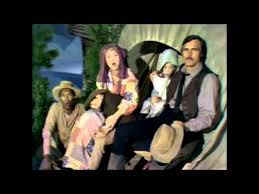 Clips
from 1970 July 4th TV special, hosted by John Wayne. two minutes of well
known Hollywood celebrities singing God Bless America.
Clips
from 1970 July 4th TV special, hosted by John Wayne. two minutes of well
known Hollywood celebrities singing God Bless America. 

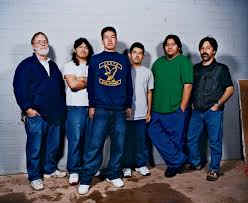 Considering that my professional career as a scientist has included a significant effort to
conduct outreach on behalf of minorities and women in the sciences, admittedly focused
principally at the post-secondary school level, I am surprised, and somewhat
disappointed that it took the better part of the decade for me to fully appreciate the notable
success of four high school students then at the Carl Hayden Community High School
in Phoenix, Arizona. It is only now I became aware of the result having read the book
review written by Peter Carlson that appeared in the Washington Post (December 4,
2014. Page B2), Spare Parts, by author Joshua Davis. In reading the book, an account
about which a movie is to air on January 16, the account is extraordinary. Their success
in a national robotics competition was noted in the summer of 2004 by being awarded a
first place designation in the contest’s most prestigious category.
Considering that my professional career as a scientist has included a significant effort to
conduct outreach on behalf of minorities and women in the sciences, admittedly focused
principally at the post-secondary school level, I am surprised, and somewhat
disappointed that it took the better part of the decade for me to fully appreciate the notable
success of four high school students then at the Carl Hayden Community High School
in Phoenix, Arizona. It is only now I became aware of the result having read the book
review written by Peter Carlson that appeared in the Washington Post (December 4,
2014. Page B2), Spare Parts, by author Joshua Davis. In reading the book, an account
about which a movie is to air on January 16, the account is extraordinary. Their success
in a national robotics competition was noted in the summer of 2004 by being awarded a
first place designation in the contest’s most prestigious category.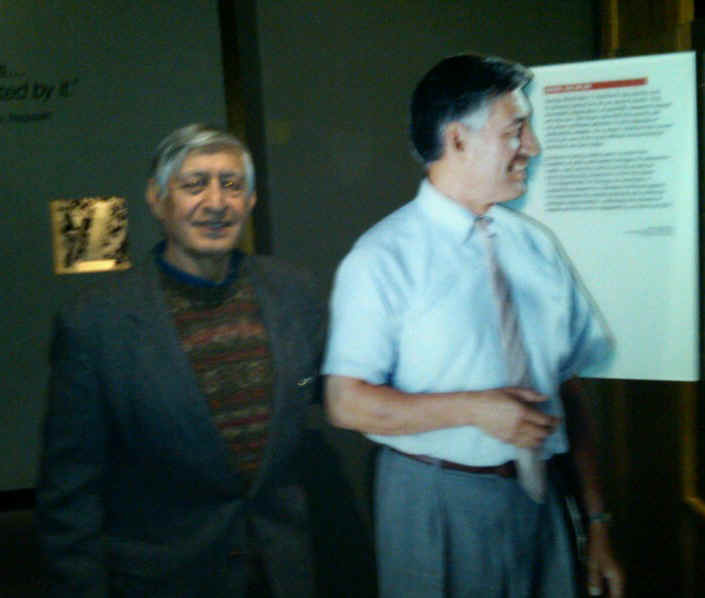
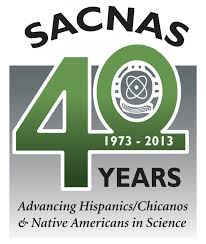
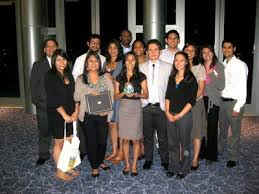
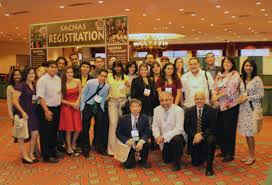
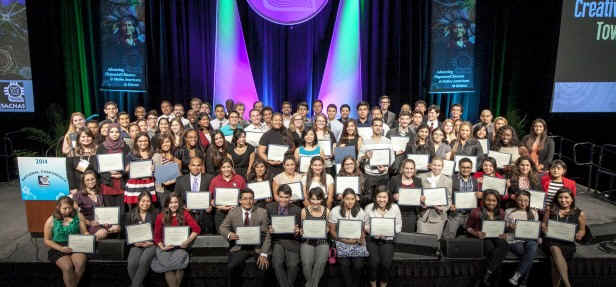
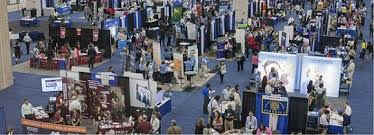
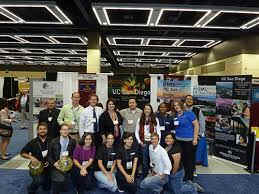


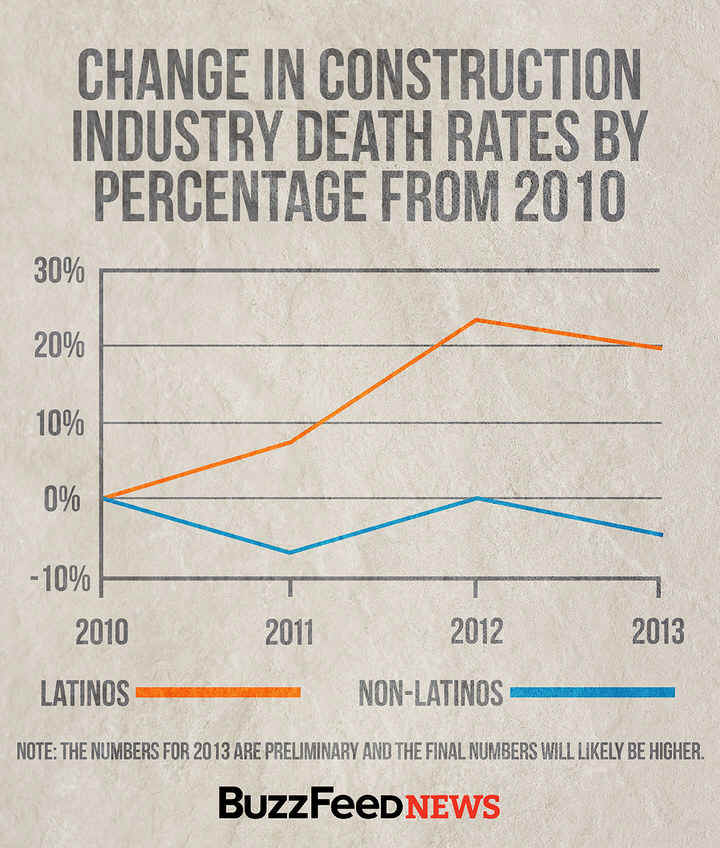


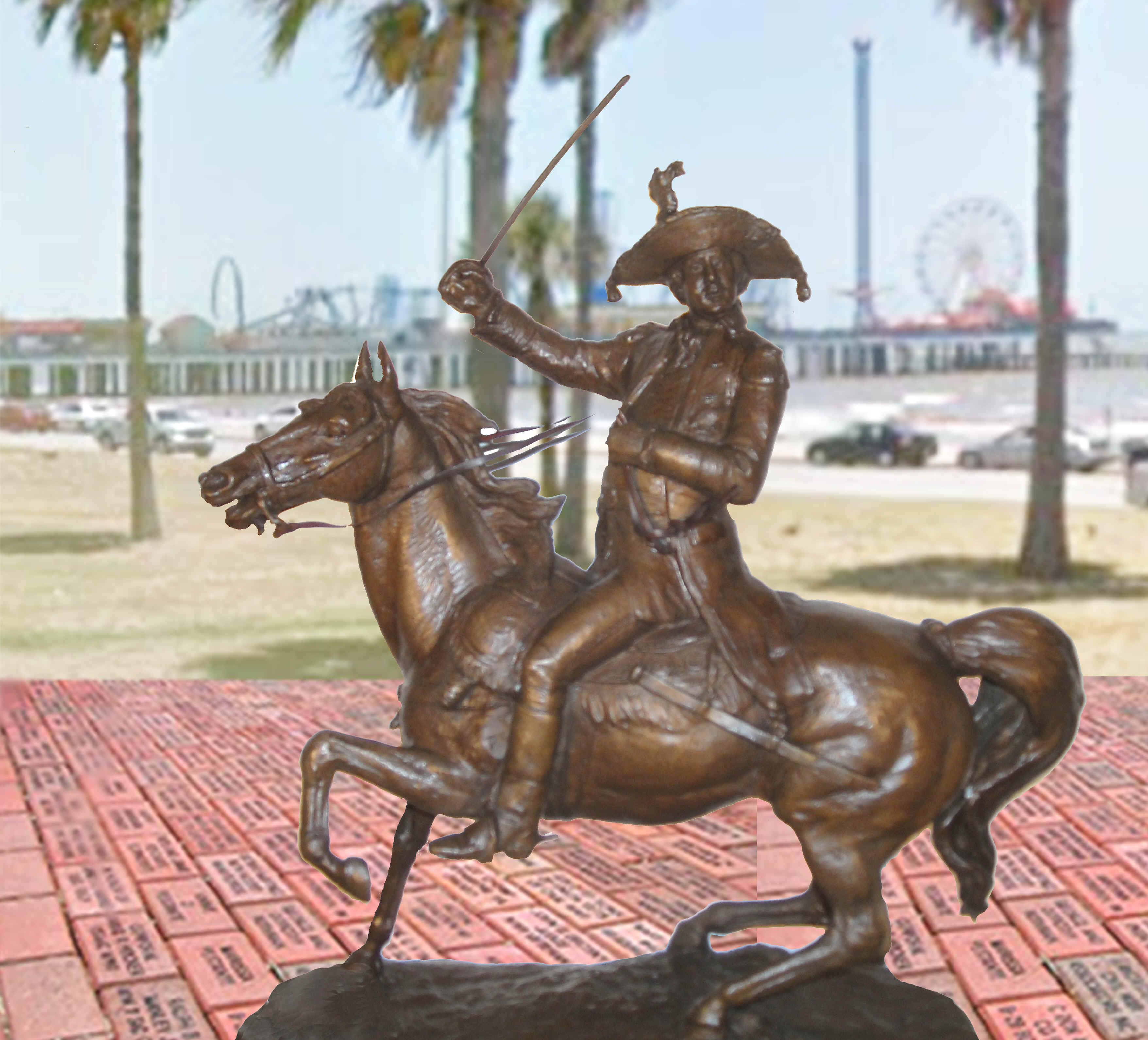
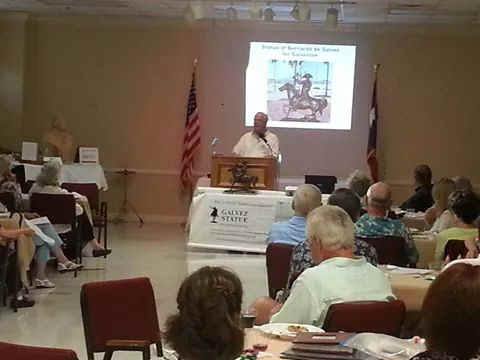 To assure the project will become a landmark, the committee chose a site on public land, in a high pedestrian traffic area. The Galveston City Council, the Director of Parks and Recreation has verbally approved a section of Menard Park, on the Southeast corner, in view of passers-by on Seawall Boulevard, and patrons of the Historic Pleasure Pier. Initial estimates of 3 million annual visitors to the Pleasure Pier makes this plat the most visible place on the Island.
Please visit our website for more information.
To assure the project will become a landmark, the committee chose a site on public land, in a high pedestrian traffic area. The Galveston City Council, the Director of Parks and Recreation has verbally approved a section of Menard Park, on the Southeast corner, in view of passers-by on Seawall Boulevard, and patrons of the Historic Pleasure Pier. Initial estimates of 3 million annual visitors to the Pleasure Pier makes this plat the most visible place on the Island.
Please visit our website for more information.
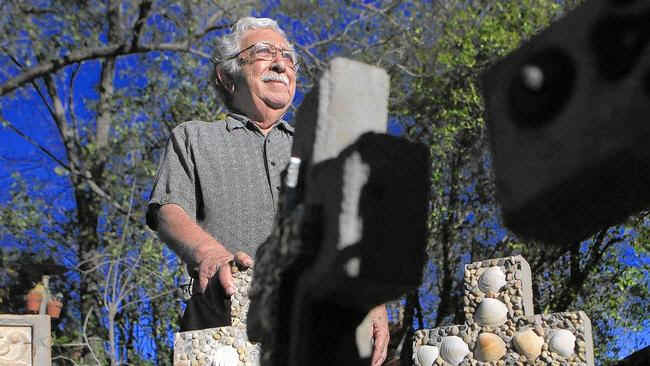

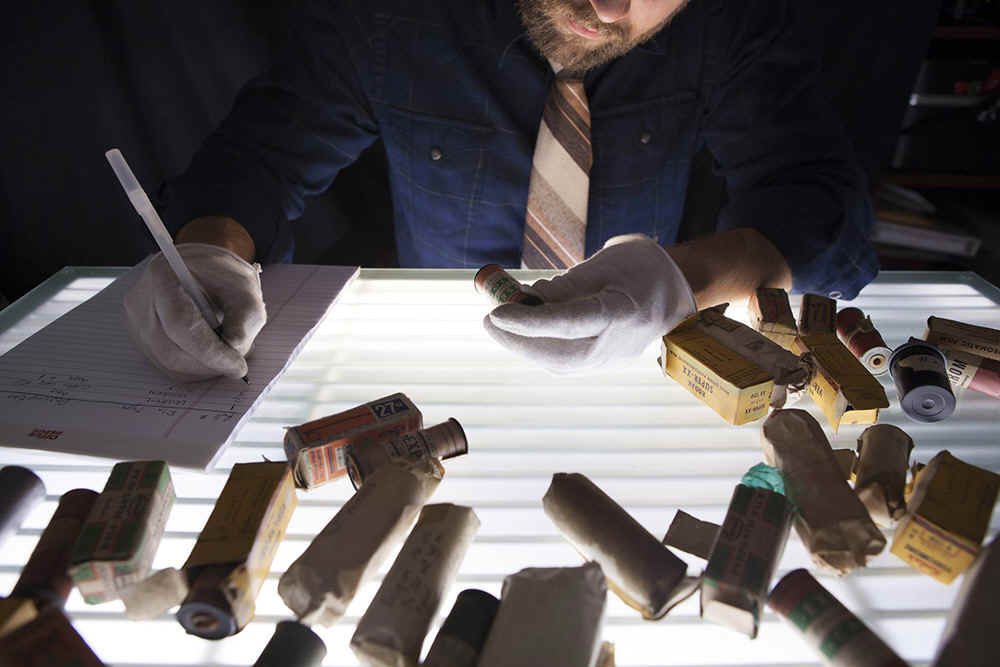
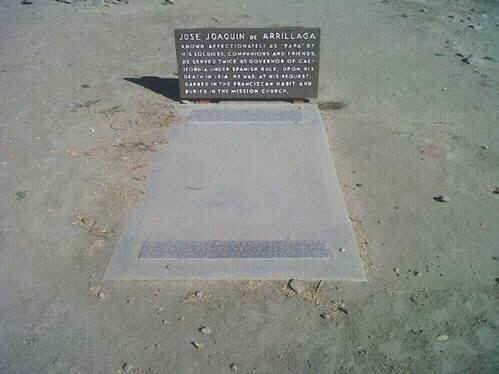
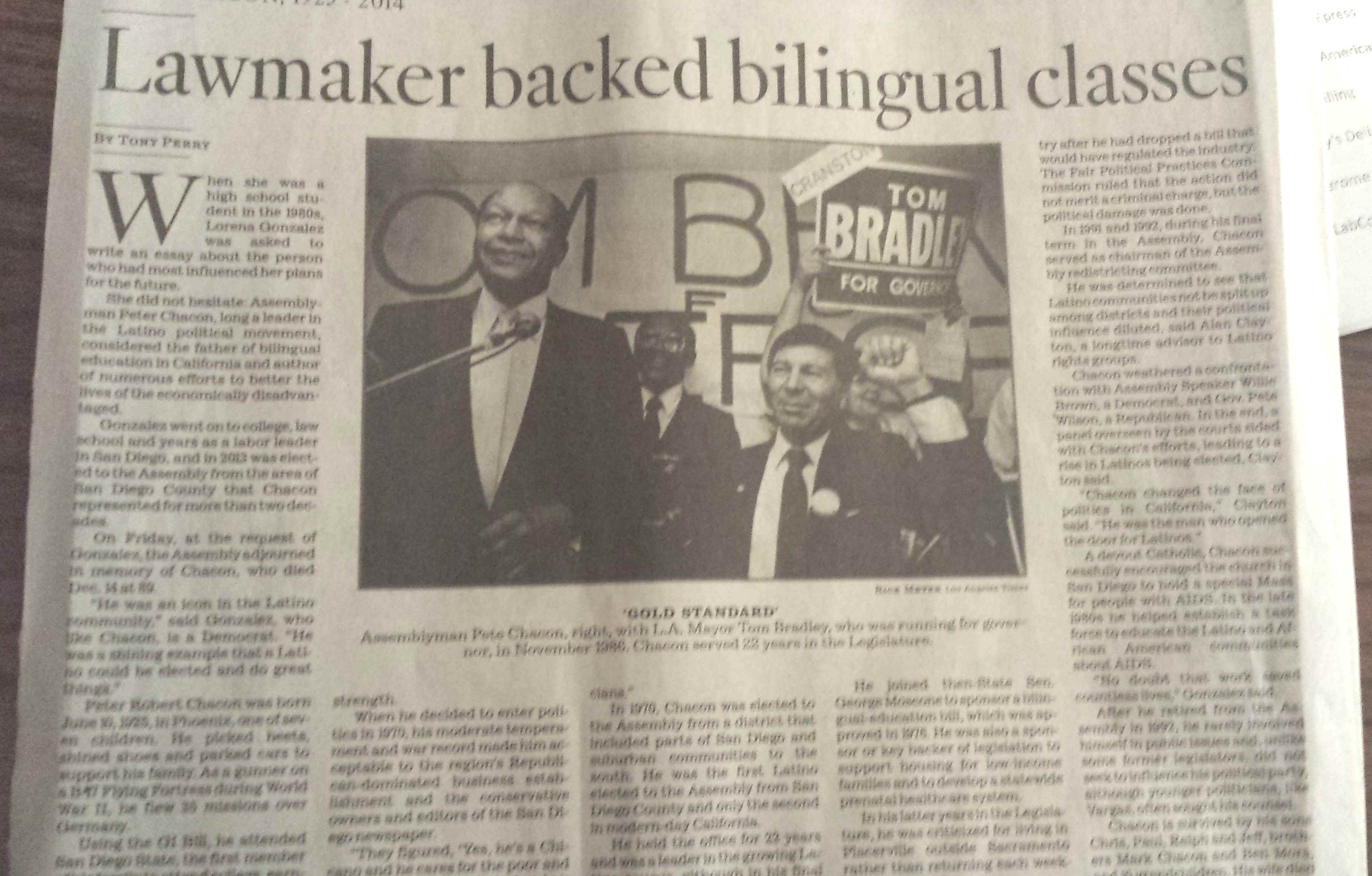
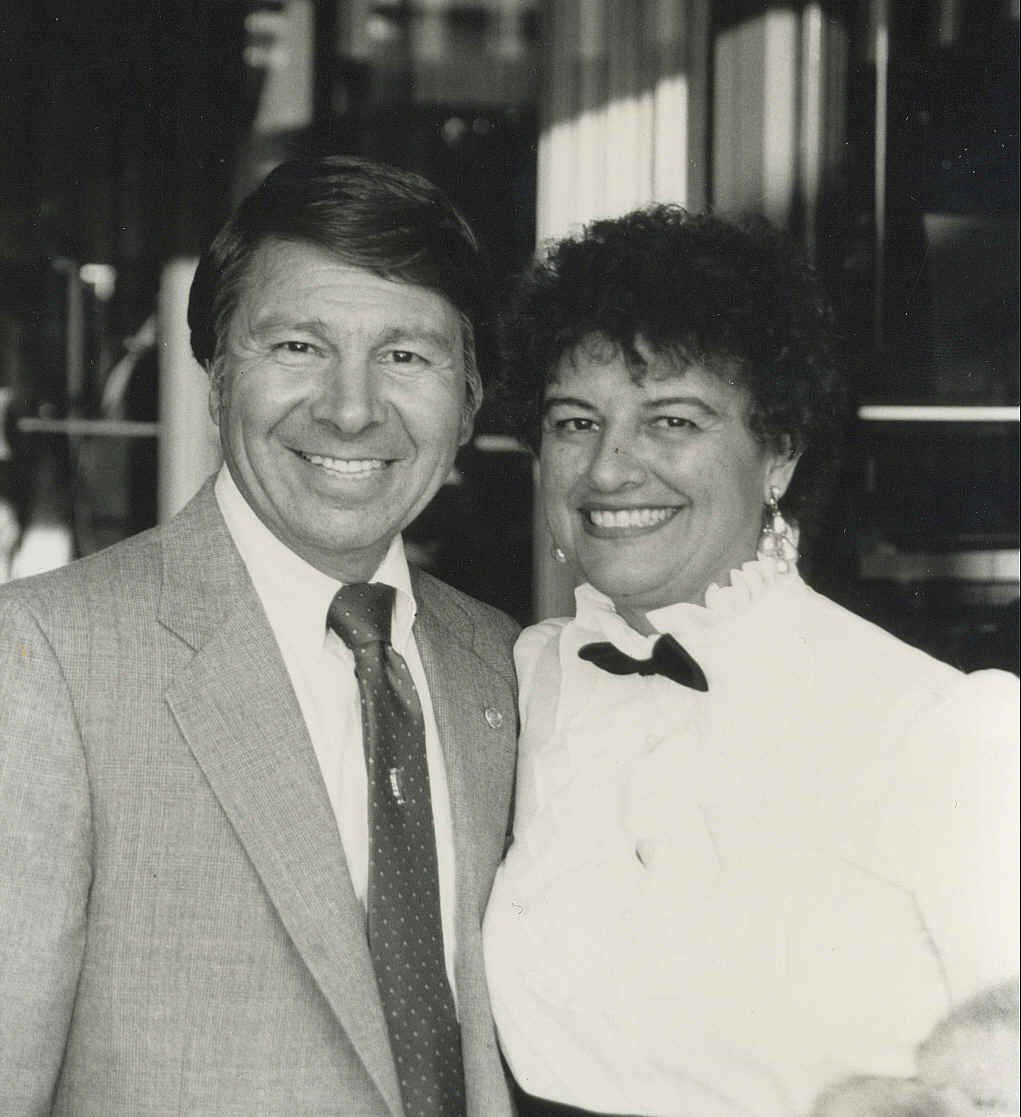 Upon his
return to San Diego, Peter served as President of the local Catholic
Youth Organization (CYO) where he met the group Secretary, Jean Picone.
Upon his
return to San Diego, Peter served as President of the local Catholic
Youth Organization (CYO) where he met the group Secretary, Jean Picone. Upon his retirement from politics in 1992, Peter and his wife Jean were living in Placerville, CA and devoted themselves to teaching English to Spanish speaking farm workers and Spanish to English speaking members of their church congregation. For many Spanish speaking Latinos, he translated legal documents and taught classes to become an American citizen.
Upon his retirement from politics in 1992, Peter and his wife Jean were living in Placerville, CA and devoted themselves to teaching English to Spanish speaking farm workers and Spanish to English speaking members of their church congregation. For many Spanish speaking Latinos, he translated legal documents and taught classes to become an American citizen. I was called by the CA Assembly Speaker Toni Atkins office that the Assembly Session will be closed in January with a Special Honor and Tribute to the Honorable Peter Chacon.
May our Beloved, Humble, Respected and Incredible Friend and Champion PETER CHACON Rest In Eternal Peace!
I was called by the CA Assembly Speaker Toni Atkins office that the Assembly Session will be closed in January with a Special Honor and Tribute to the Honorable Peter Chacon.
May our Beloved, Humble, Respected and Incredible Friend and Champion PETER CHACON Rest In Eternal Peace!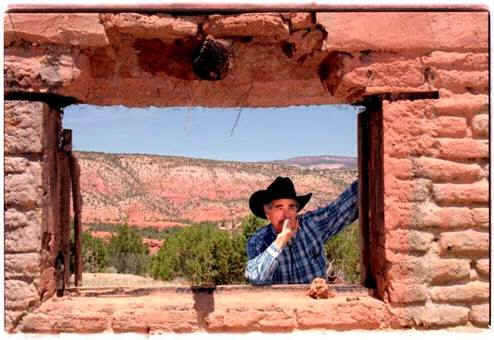

 Michele Serros was a pure product of Southern California, influenced by pop culture and traditional heritage. Michele Serros was inspired to be a writer by a letter she received at age 11 from Judy Blume
Michele Serros was a pure product of Southern California, influenced by pop culture and traditional heritage. Michele Serros was inspired to be a writer by a letter she received at age 11 from Judy Blume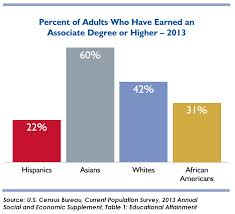
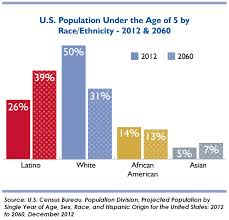
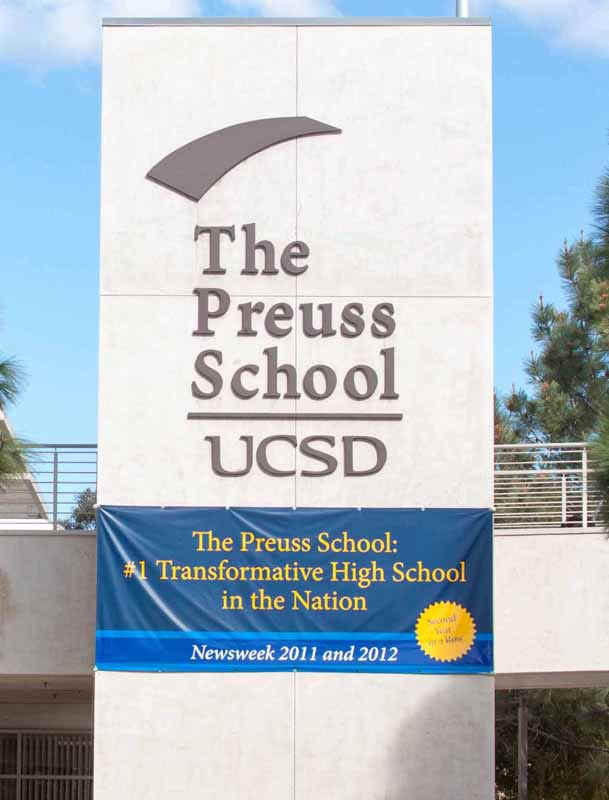


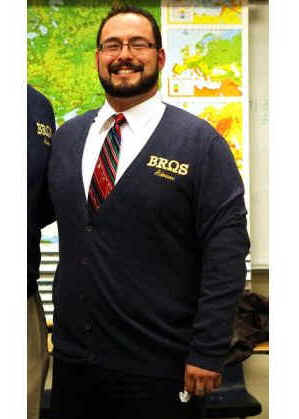 Bio: Graduated from Katella High School in 1999; undergraduate degree in politics from UC Santa Cruz; master’s in history from Cal State Fullerton. Ruelas has taught at Anaheim High for 11 years. He lives in Anaheim.
Bio: Graduated from Katella High School in 1999; undergraduate degree in politics from UC Santa Cruz; master’s in history from Cal State Fullerton. Ruelas has taught at Anaheim High for 11 years. He lives in Anaheim.
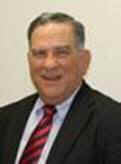

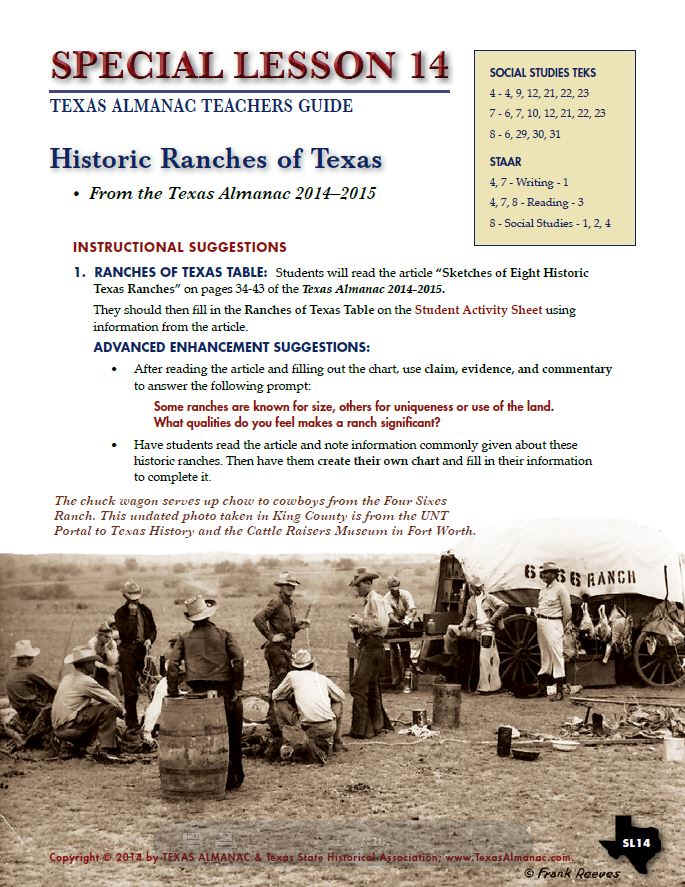
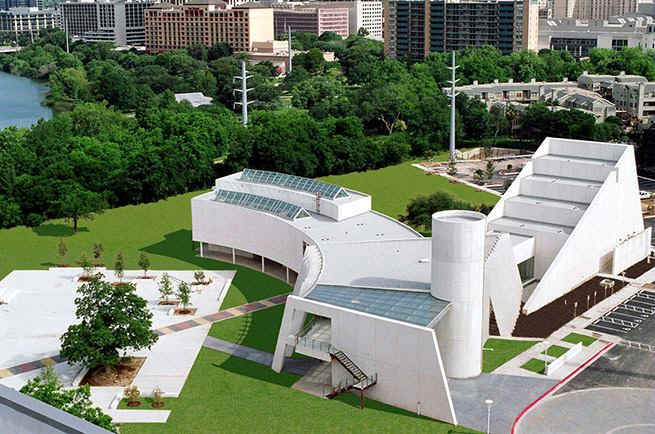
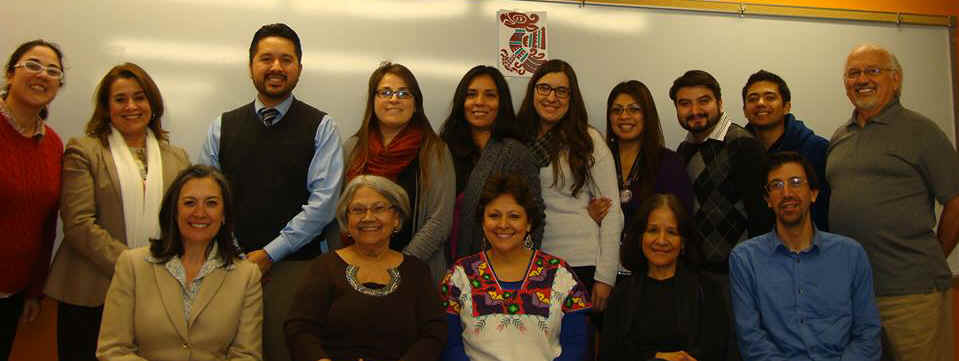

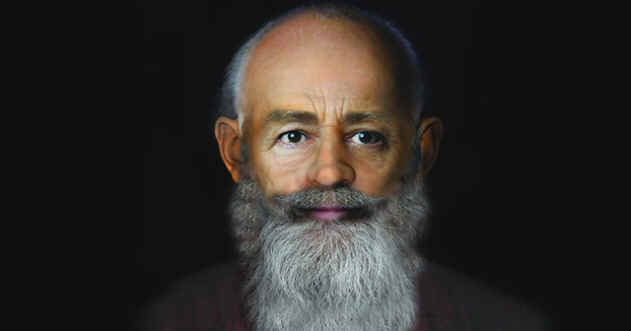
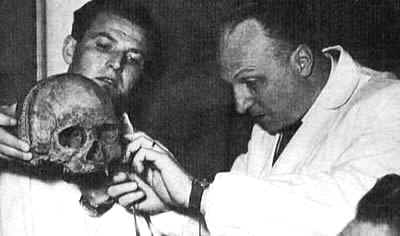 According to The Saint Nicholas Center St. Nicholas’ remains are buried in the crypt of the Basilica di San Nicola in Bari, Italy. These bones were temporarily removed when the crypt was repaired during the 1950s. At the Vatican’s request, anatomy professor Luigi Martino from the University of Bari, took thousands of minutely-detailed measurements and x-ray photographs (roentgenography) of the skull and other bones.
Professor Luigi Martino examining skull of St. Nicholas
According to The Saint Nicholas Center St. Nicholas’ remains are buried in the crypt of the Basilica di San Nicola in Bari, Italy. These bones were temporarily removed when the crypt was repaired during the 1950s. At the Vatican’s request, anatomy professor Luigi Martino from the University of Bari, took thousands of minutely-detailed measurements and x-ray photographs (roentgenography) of the skull and other bones.
Professor Luigi Martino examining skull of St. Nicholas





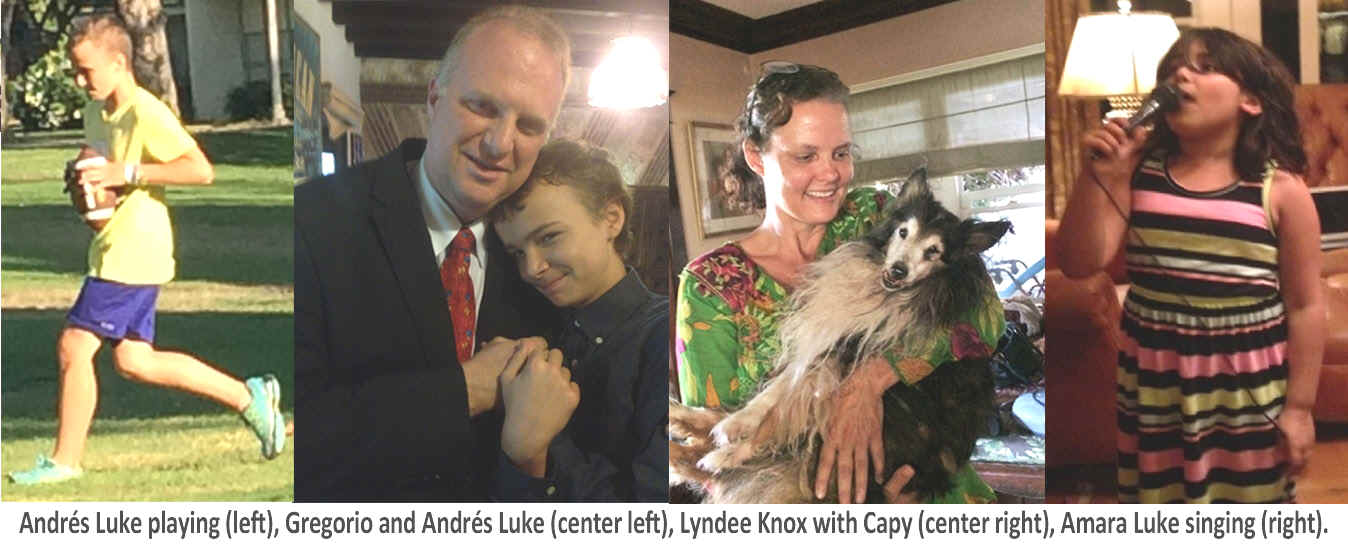
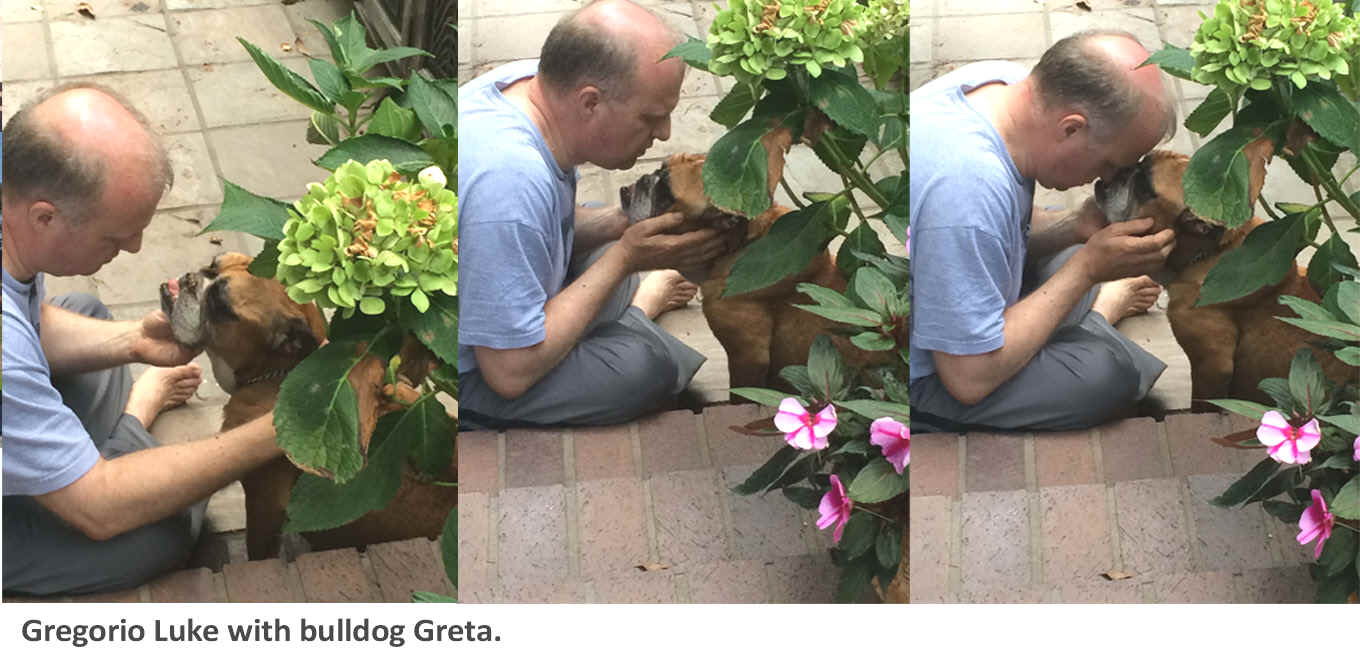
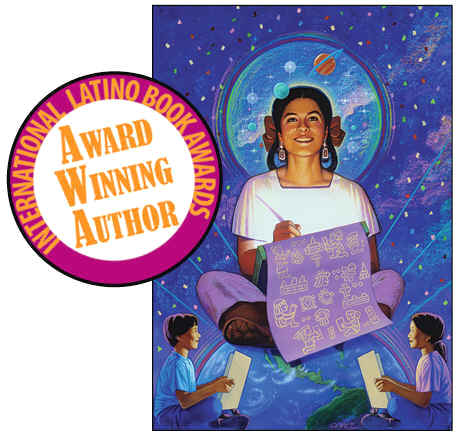
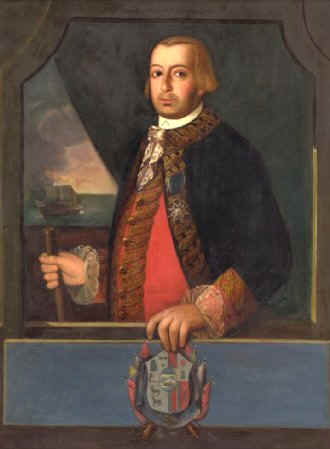
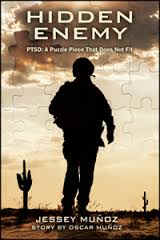
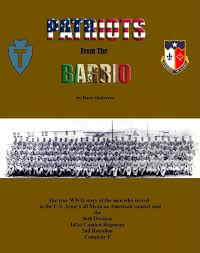

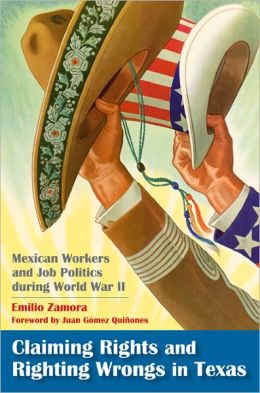
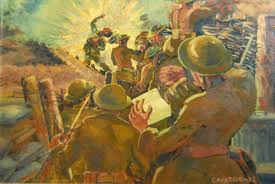
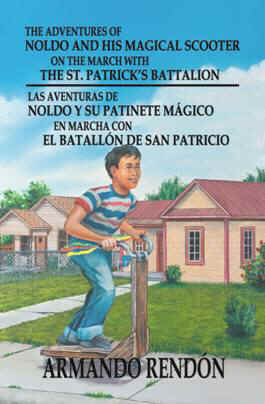

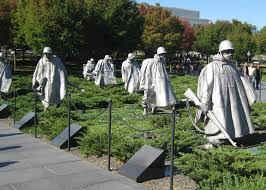
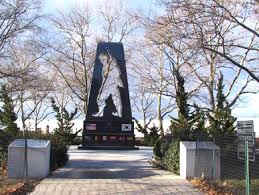
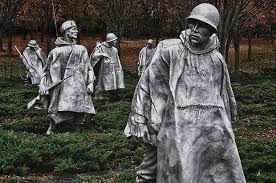
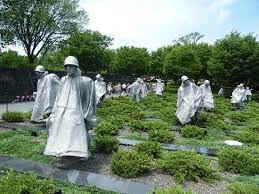
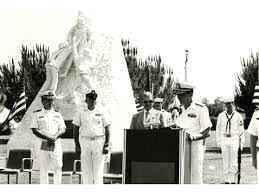
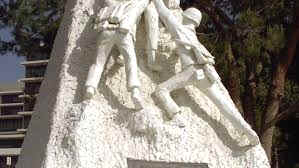
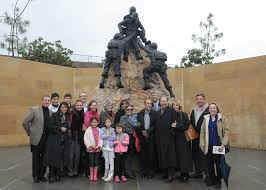
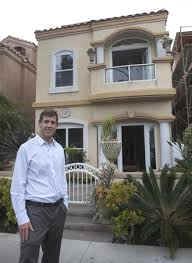
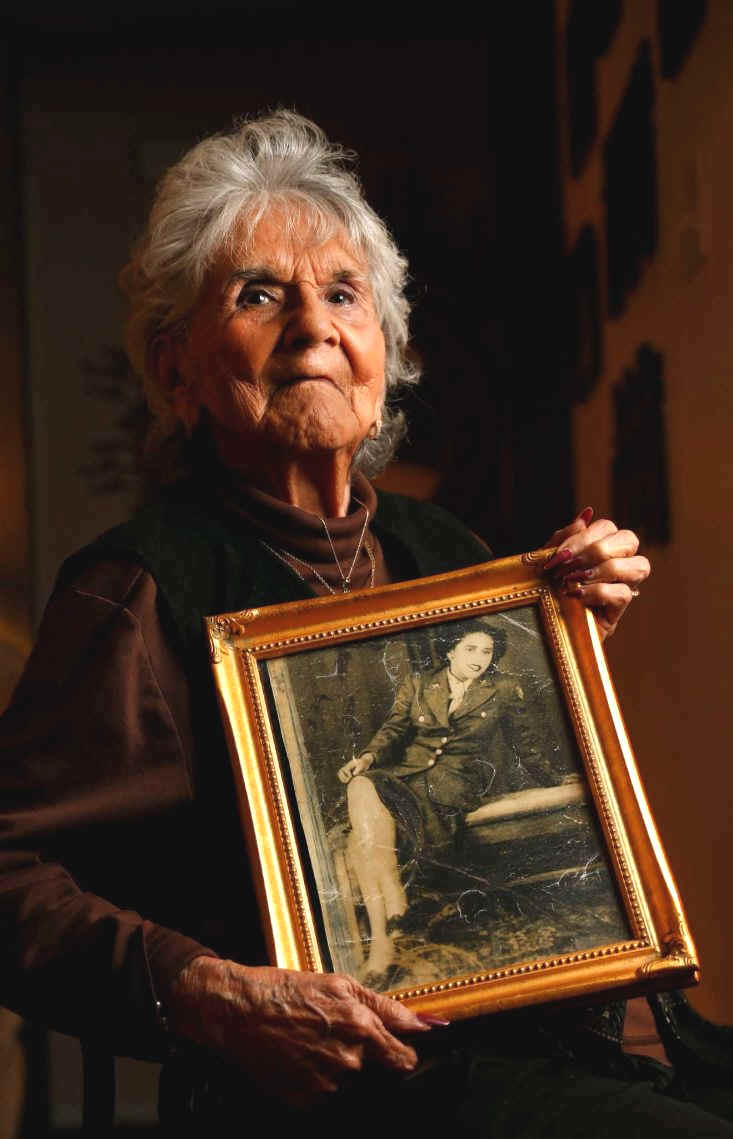
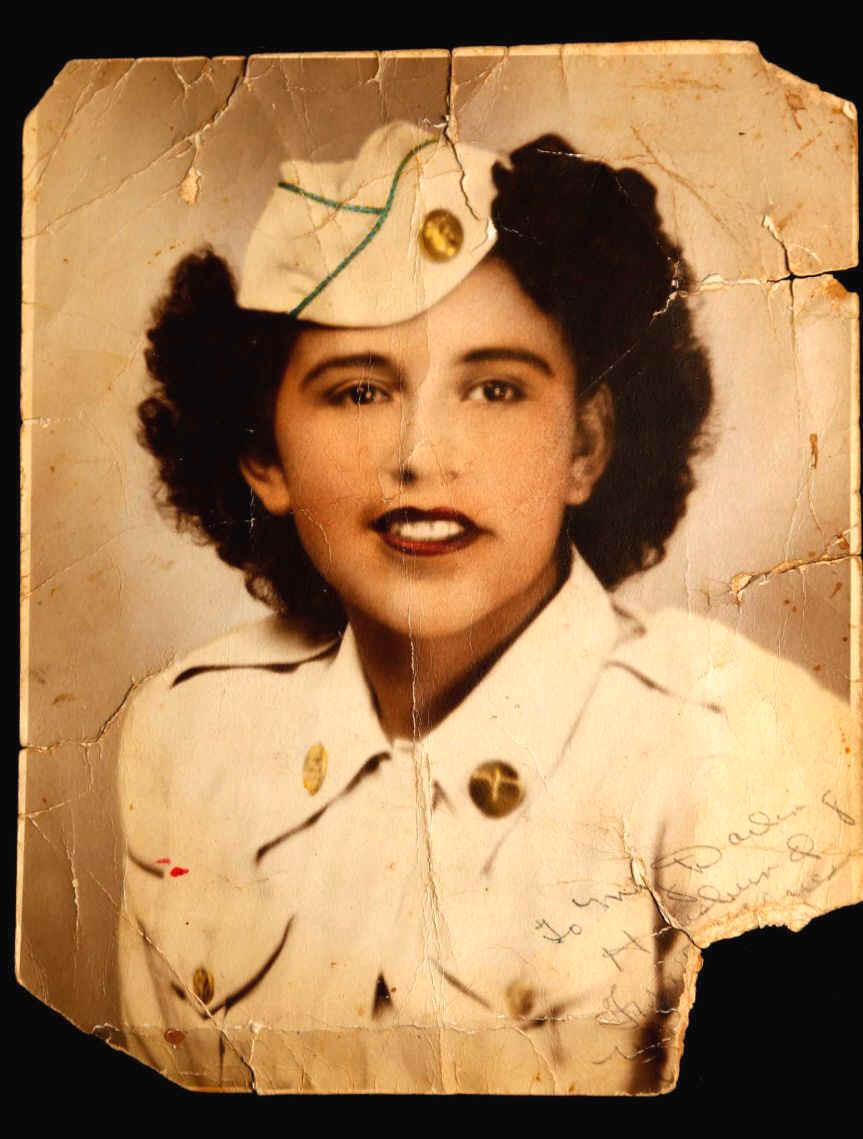

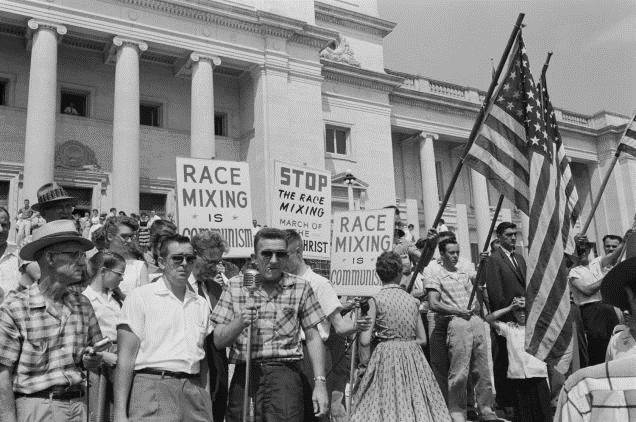
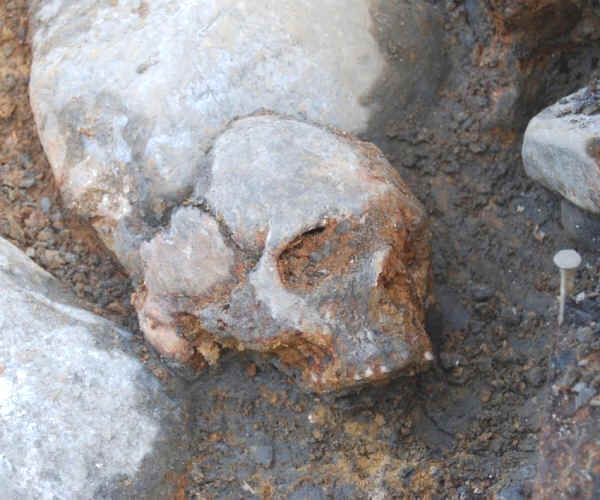
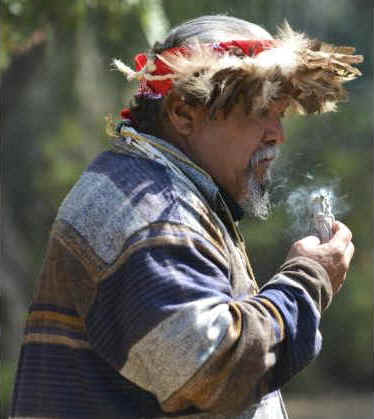

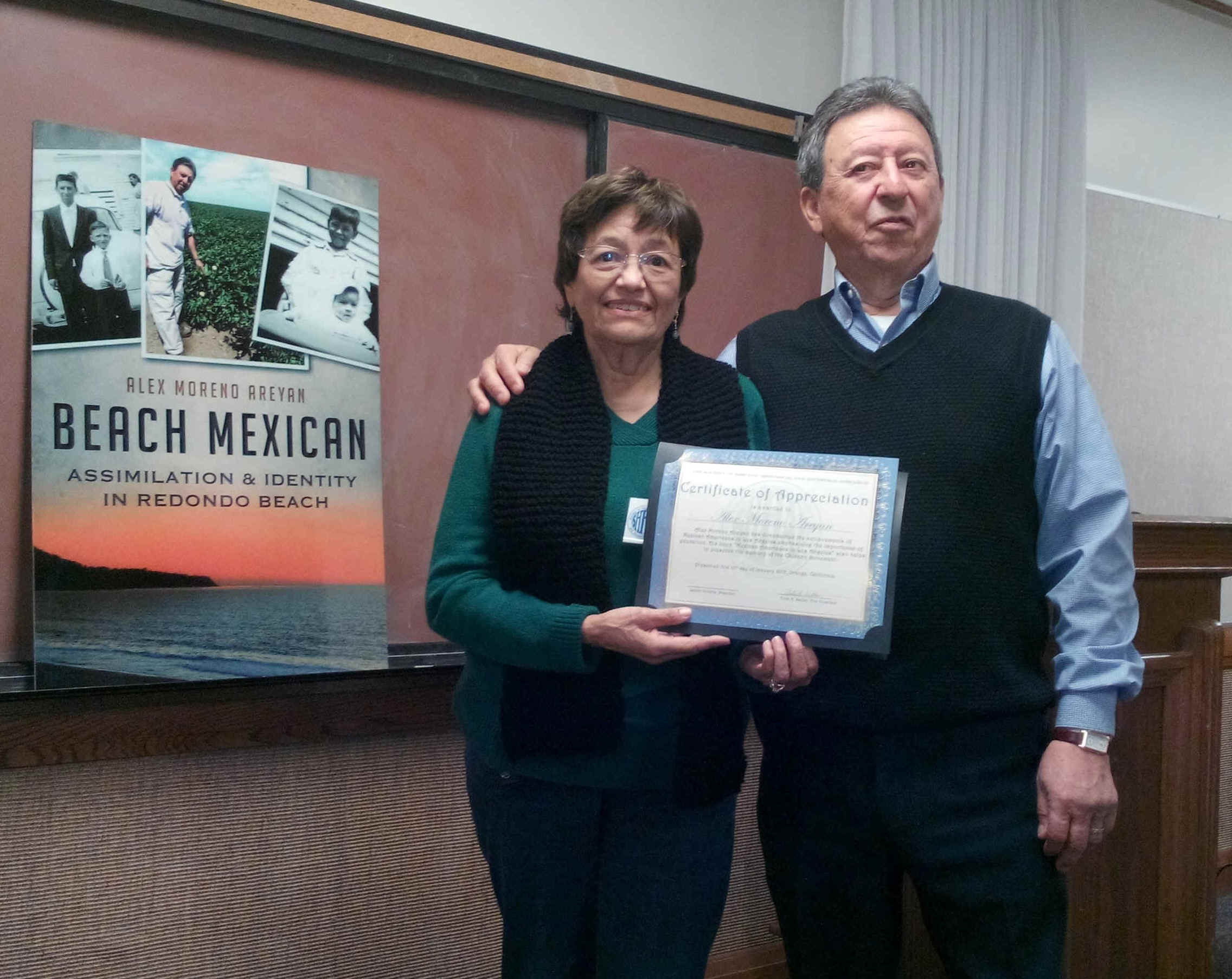
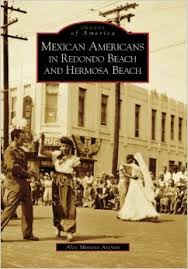
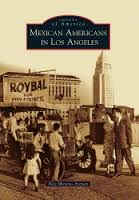
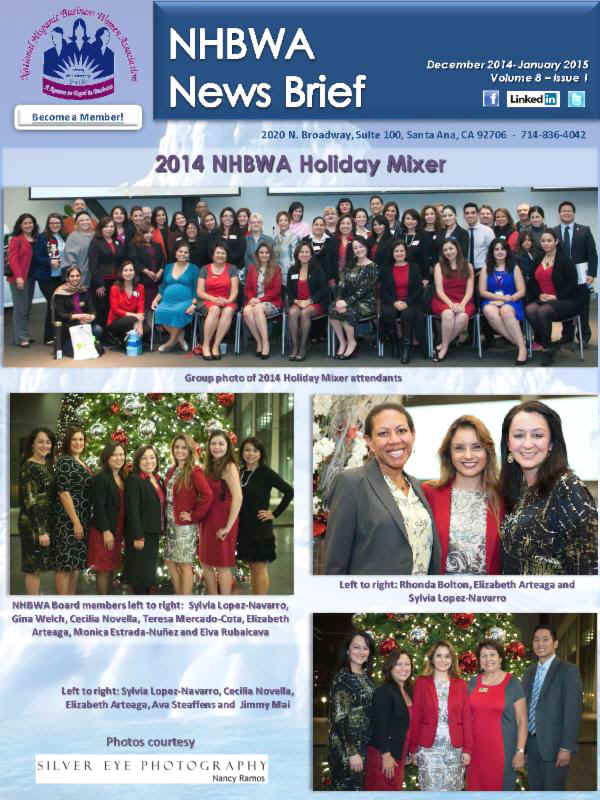
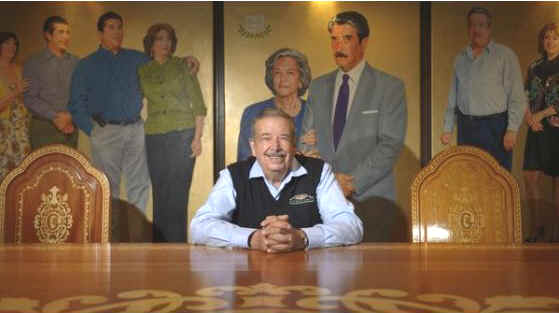
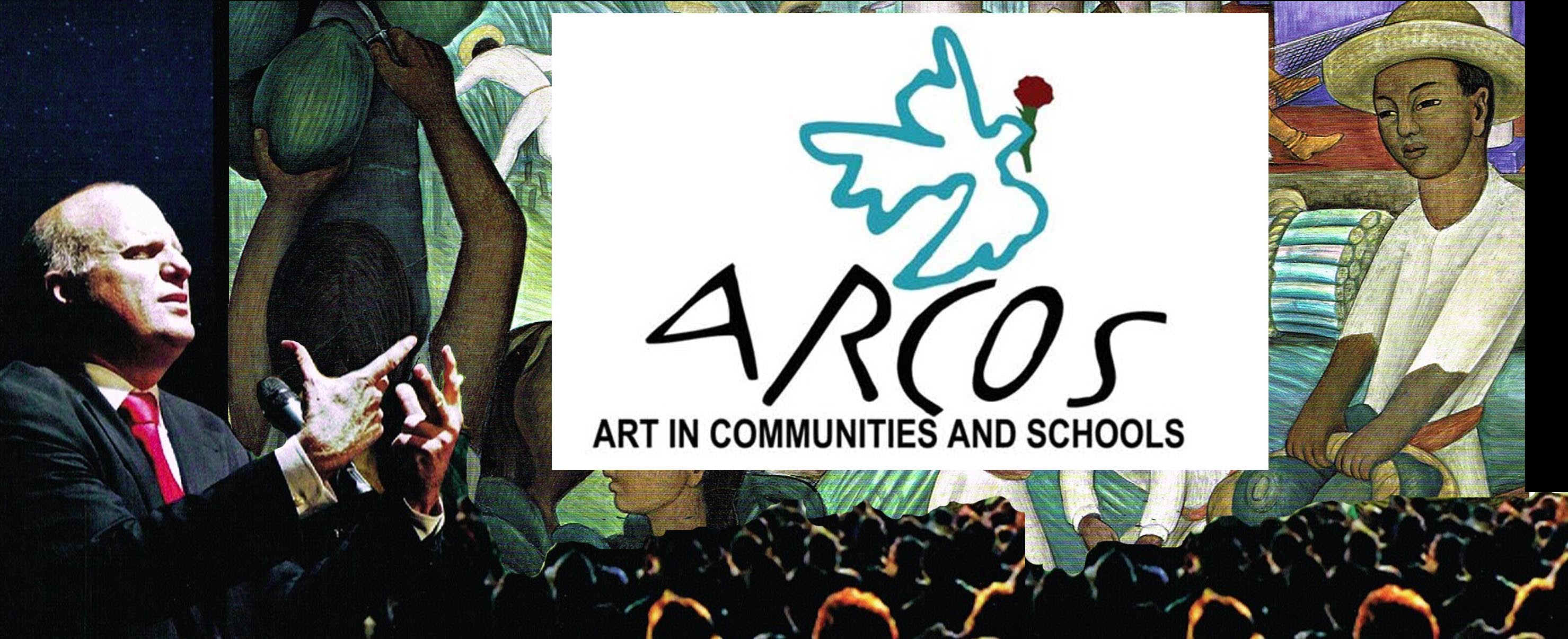

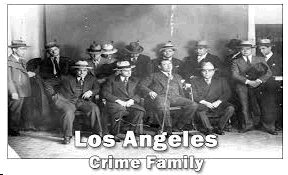

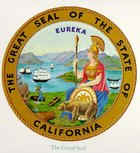
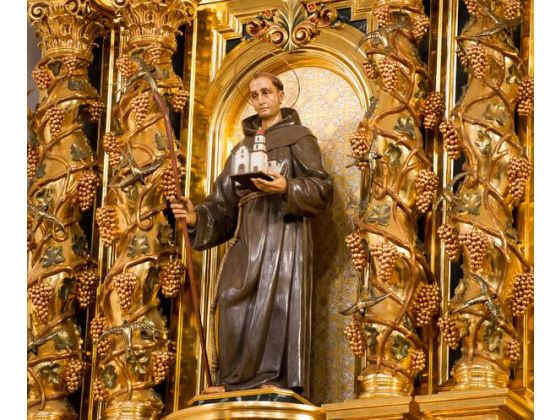
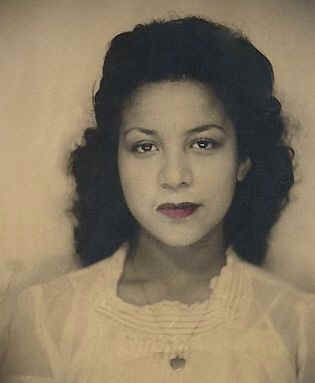 The interview with Mrs. Barrios came about because her granddaughter Val had read some of the articles about Neighborhood House. Val contacted me saying that her grandmother was always talking about her Neighborhood House experience. With Val as the go between we made arrangements to meet. On January 15th we met for our interview.
The interview with Mrs. Barrios came about because her granddaughter Val had read some of the articles about Neighborhood House. Val contacted me saying that her grandmother was always talking about her Neighborhood House experience. With Val as the go between we made arrangements to meet. On January 15th we met for our interview.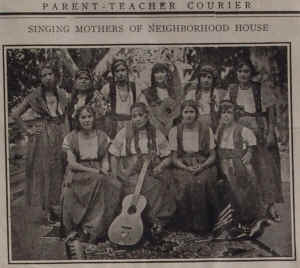 I was able to tell Mary where I had seen that picture and about the Singing Mothers. In the mural of the women at César Chávez Park, her mother can be seen standing directly behind Lupita. Mary’s mom is the woman with very long braids.
I was able to tell Mary where I had seen that picture and about the Singing Mothers. In the mural of the women at César Chávez Park, her mother can be seen standing directly behind Lupita. Mary’s mom is the woman with very long braids.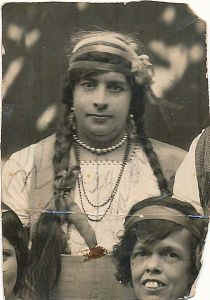 Mary remembers when the adobe structure behind Neighborhood House was built. She recalls seeing the men mixing mud and hay and setting the adobe brick out back to dry. She says in those days no one touched them. The adobe brick would sit on the playground under the warm sun and would not be bothered.
Mary remembers when the adobe structure behind Neighborhood House was built. She recalls seeing the men mixing mud and hay and setting the adobe brick out back to dry. She says in those days no one touched them. The adobe brick would sit on the playground under the warm sun and would not be bothered.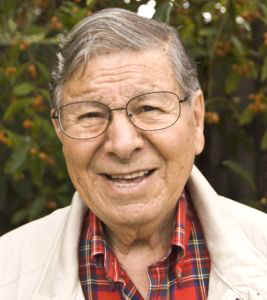 Pete
Chacon paved way for Latinos in California
Pete
Chacon paved way for Latinos in California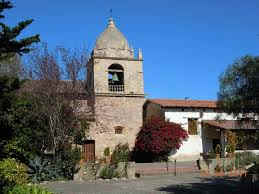
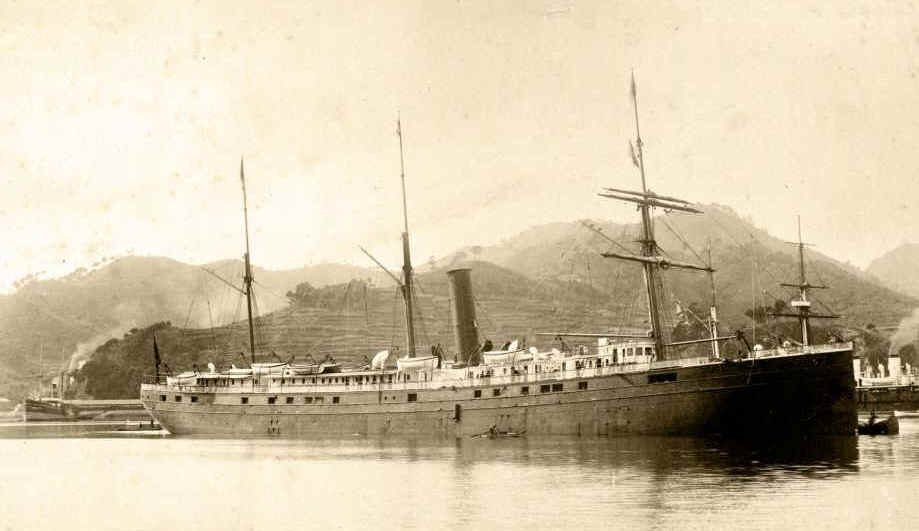

![[]](internetmap.jpg)
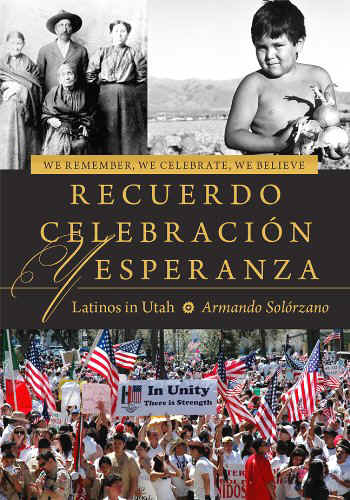
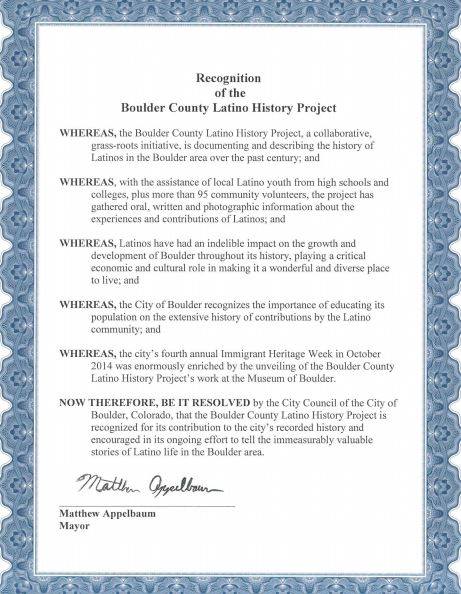


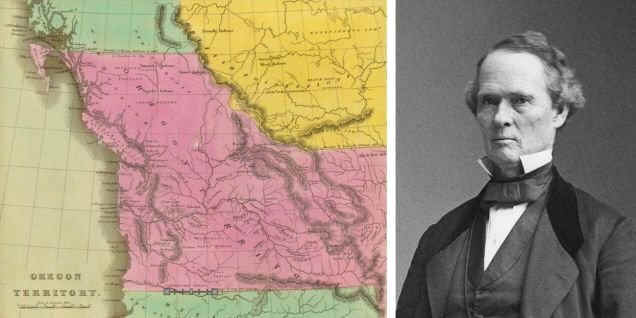
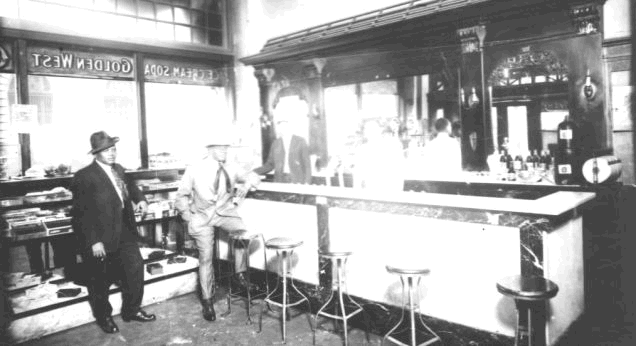
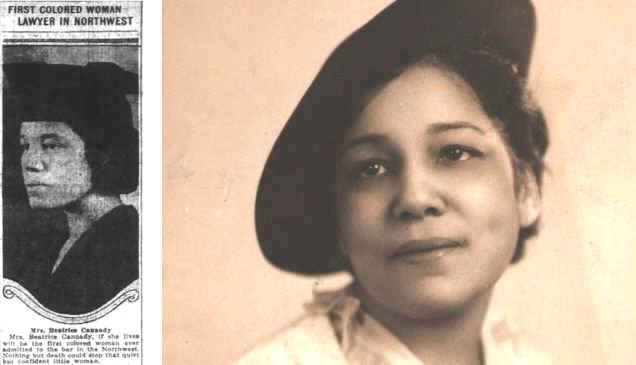
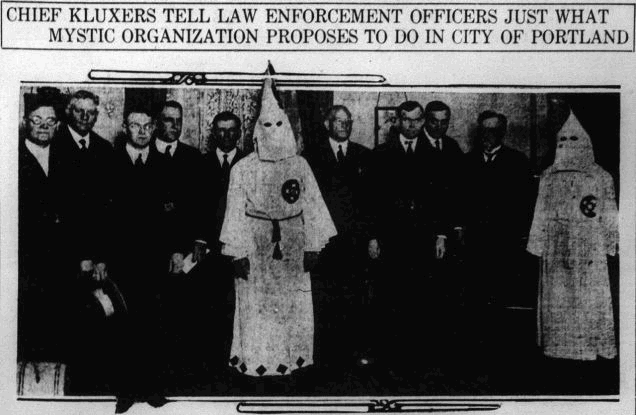
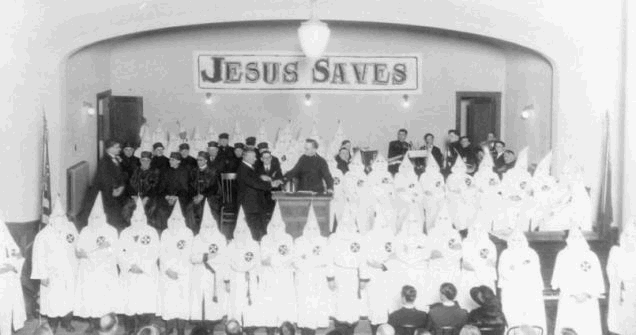
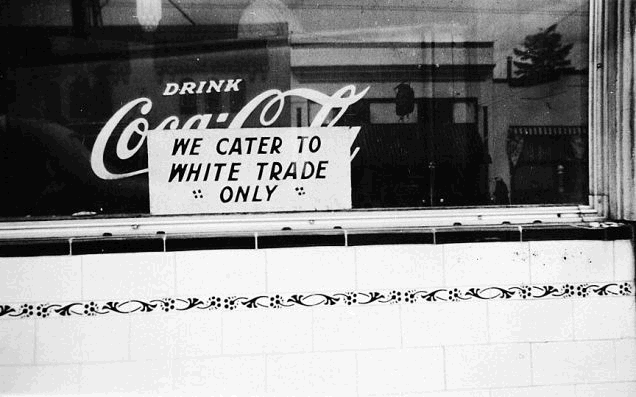

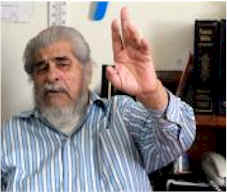
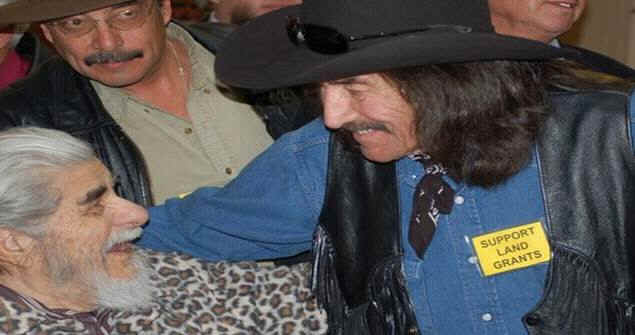
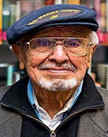

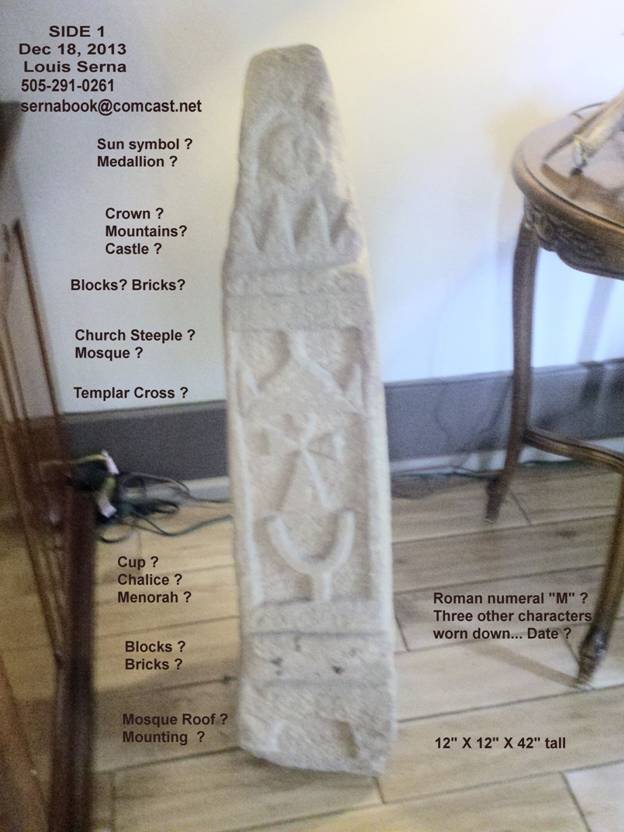
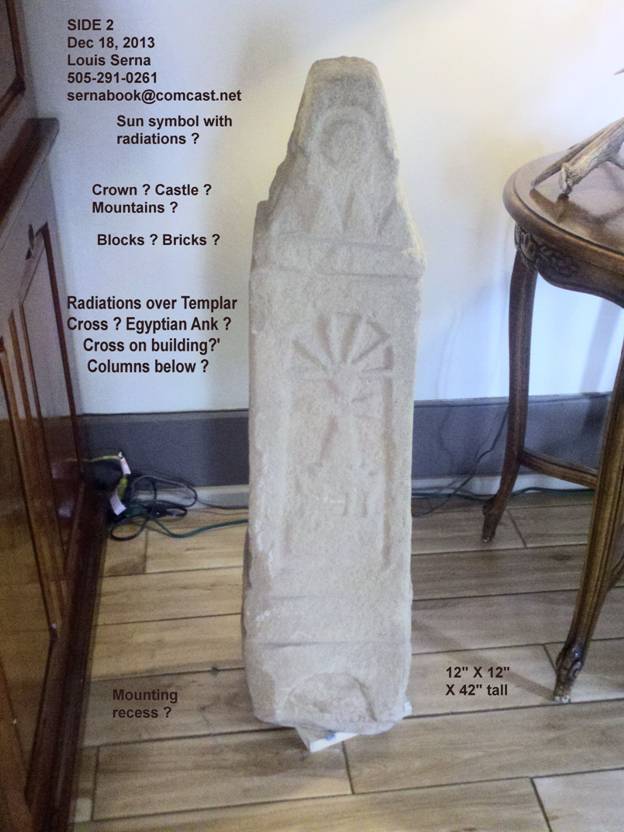
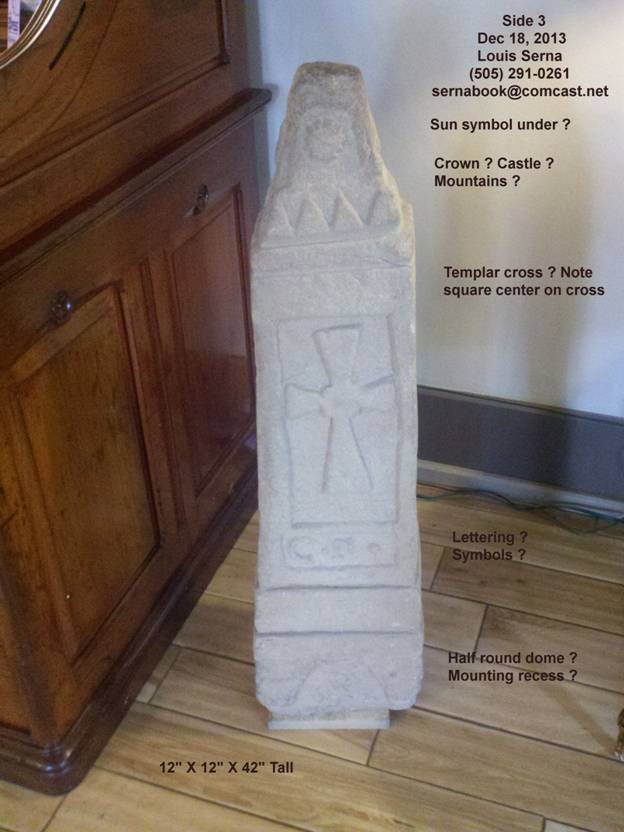
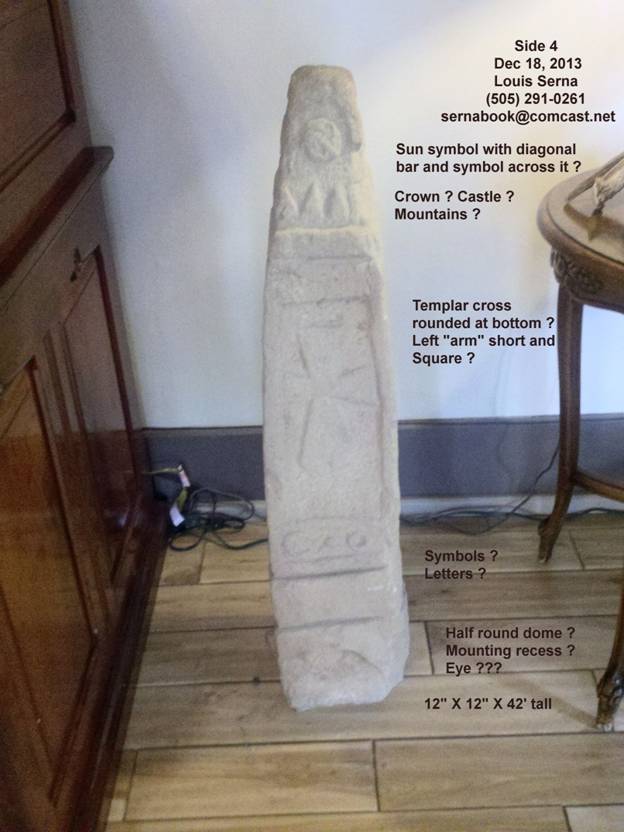
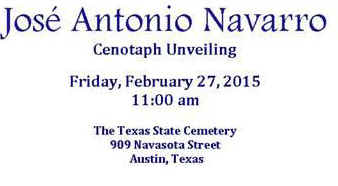
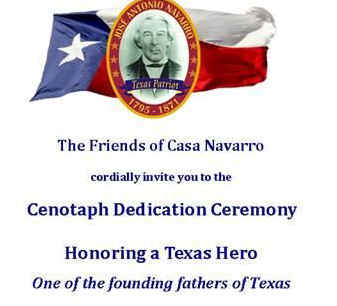

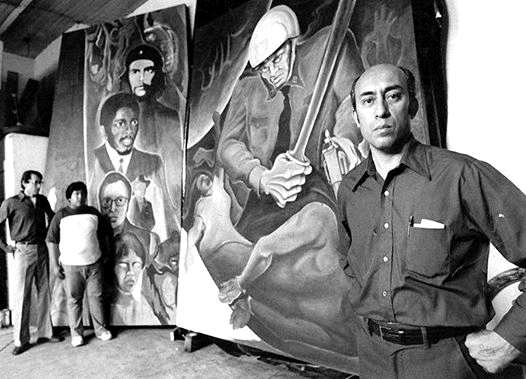
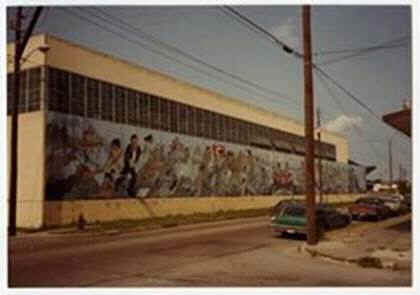
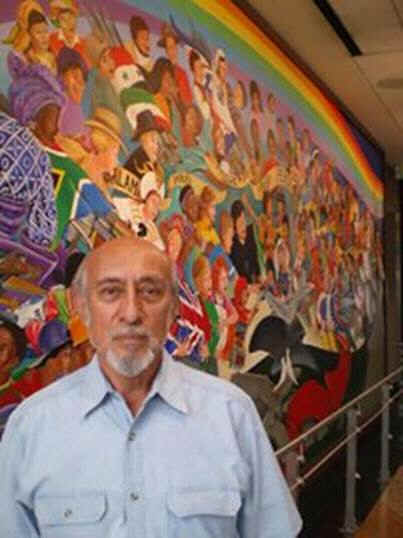
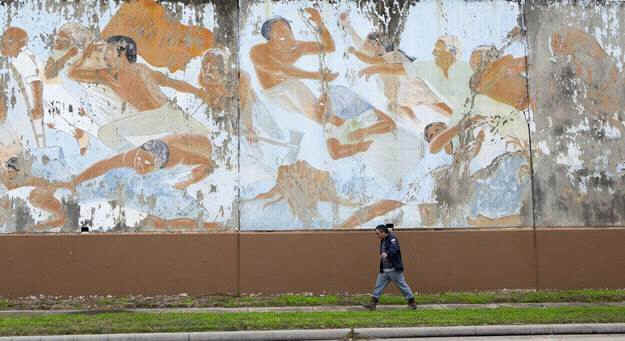

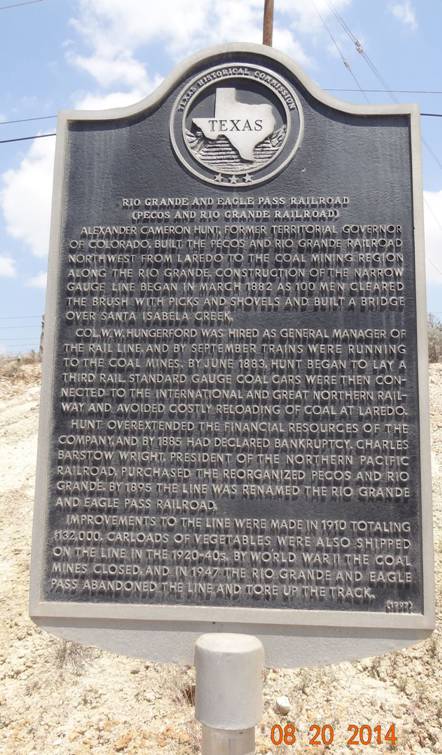
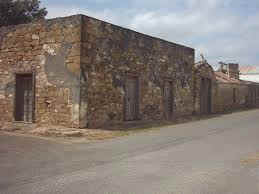
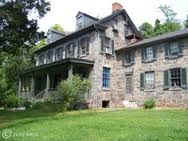
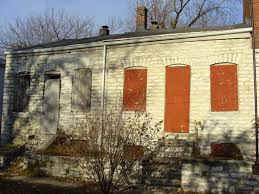
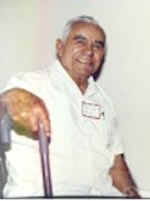
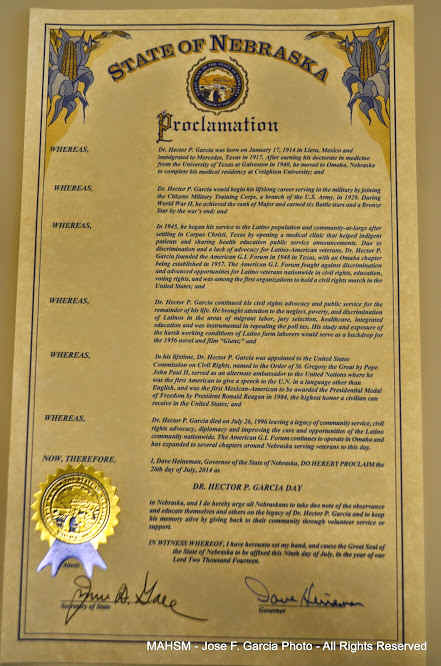
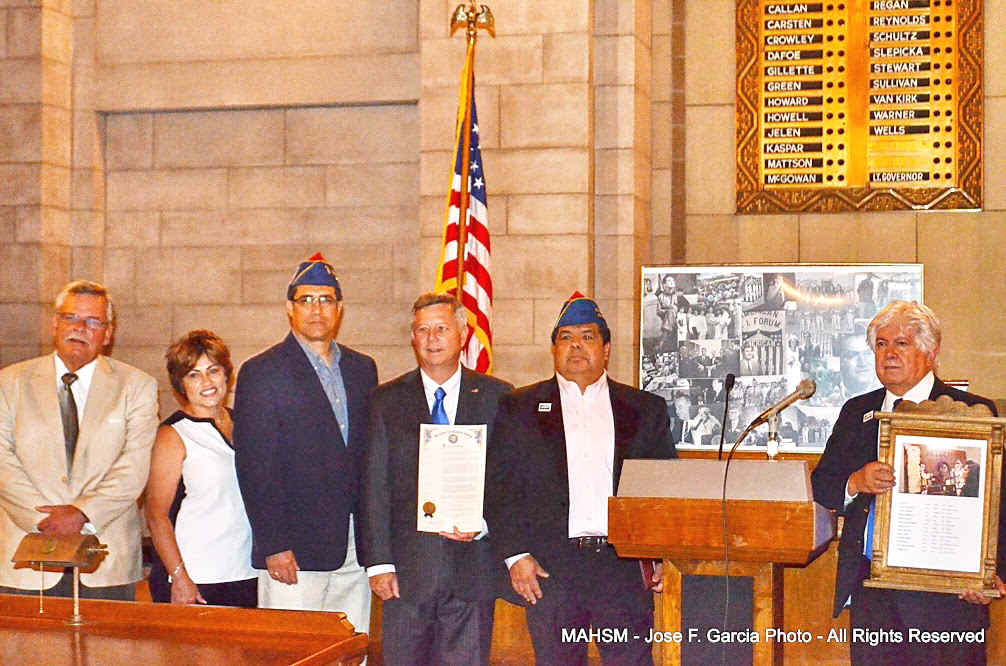
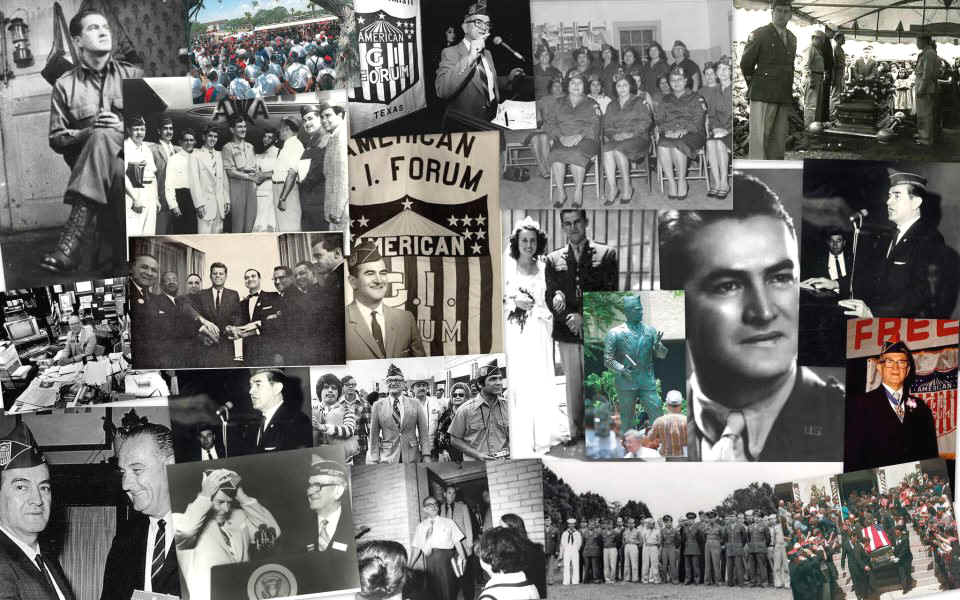
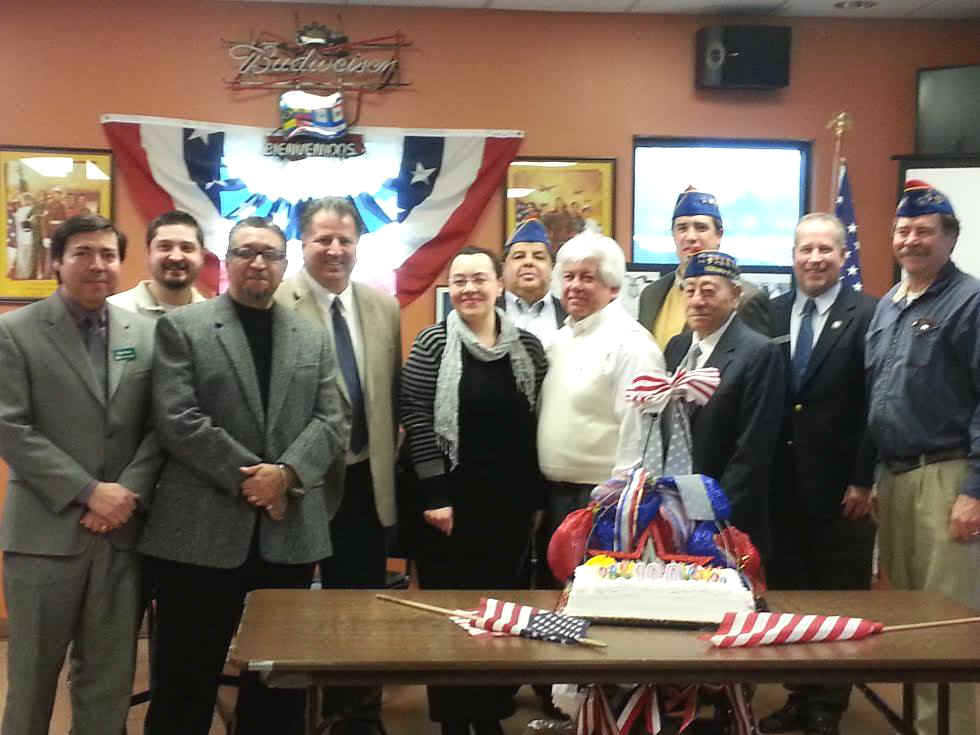
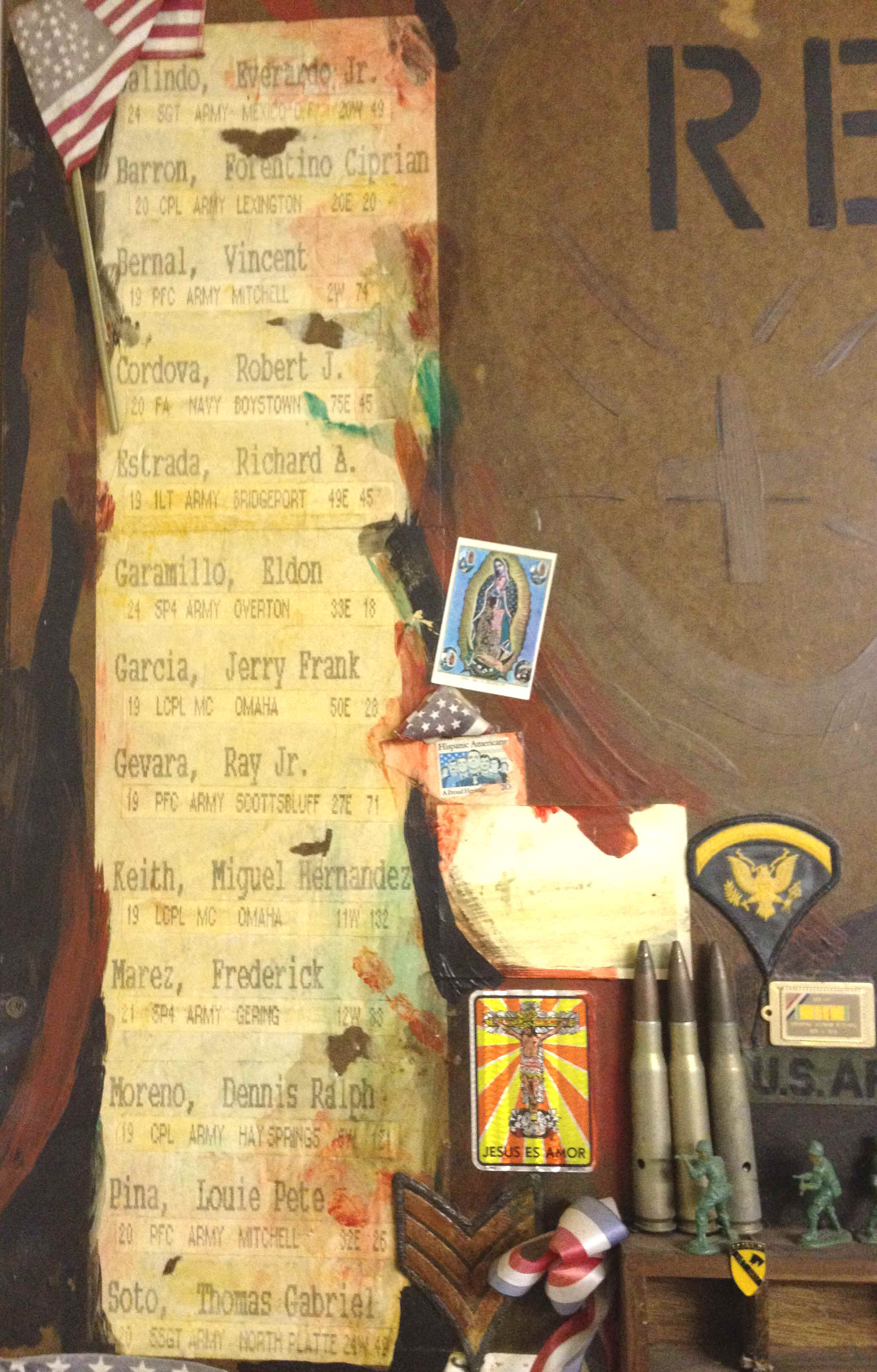
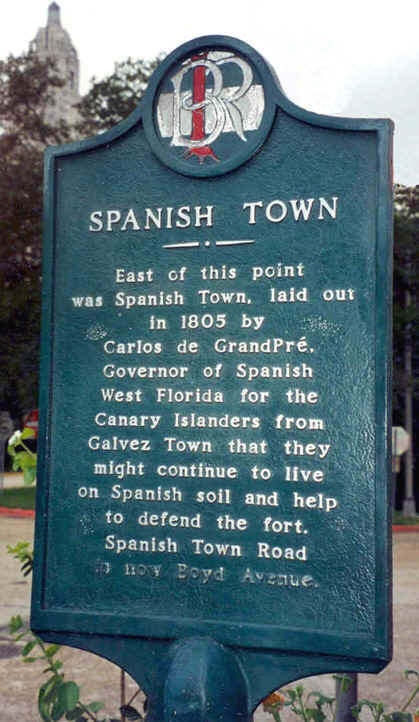

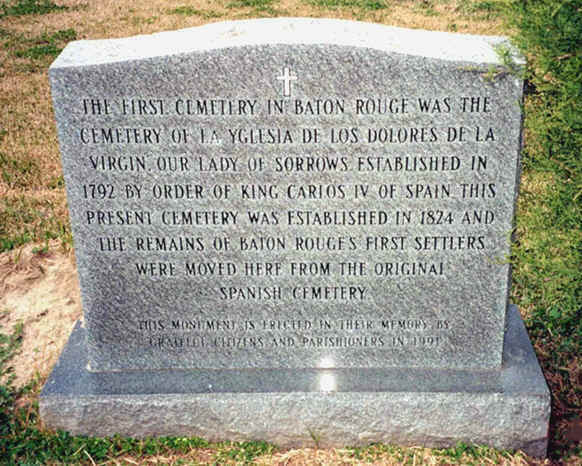
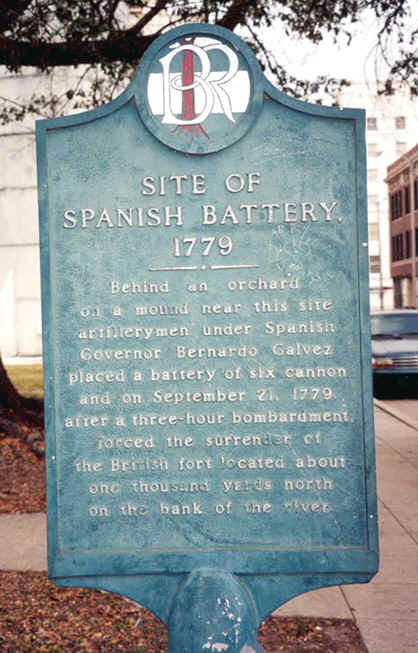
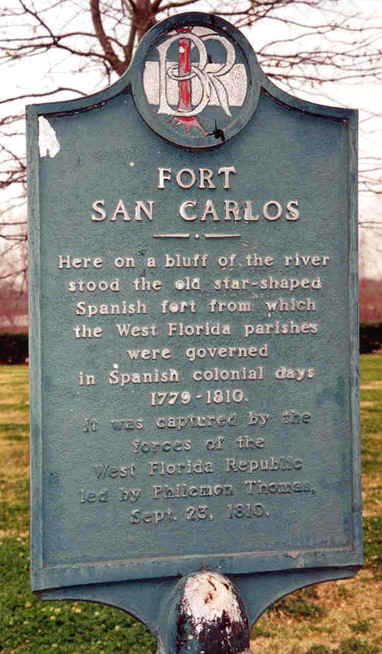
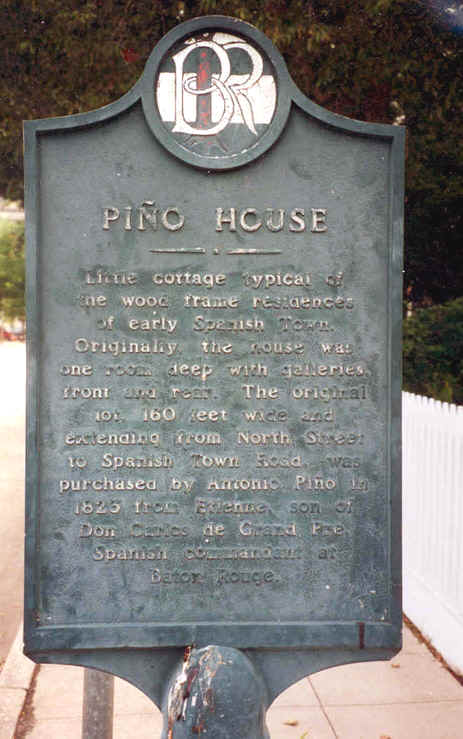
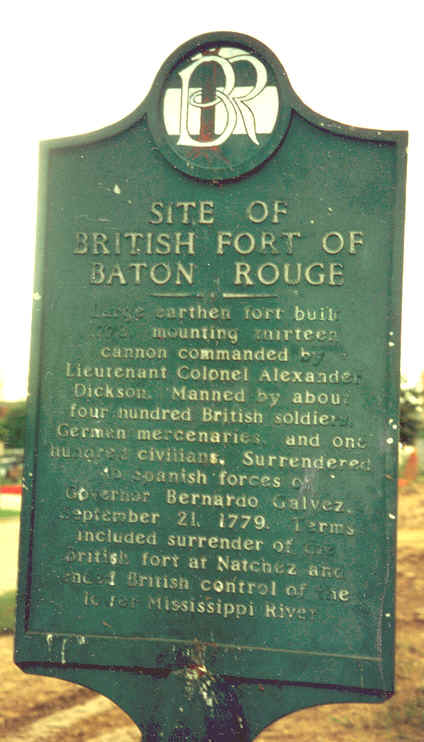
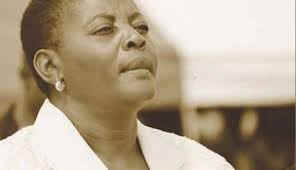
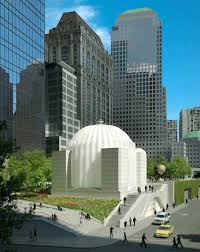 The Orthodox Greek community in downtown Manhattan, New York, has another reason to celebrate, as the reconstruction of the church of Saint Nicholas at Ground Zero finally started last month.
After 13 years of negotiations with the region's Port Authority, work has begun on the Greek Orthodox church that will be the only non-secular building at Ground Zero. Many believe it will become one of the most visited churches in the US. It is planned to be completed by Easter 2017.
The Orthodox Greek community in downtown Manhattan, New York, has another reason to celebrate, as the reconstruction of the church of Saint Nicholas at Ground Zero finally started last month.
After 13 years of negotiations with the region's Port Authority, work has begun on the Greek Orthodox church that will be the only non-secular building at Ground Zero. Many believe it will become one of the most visited churches in the US. It is planned to be completed by Easter 2017.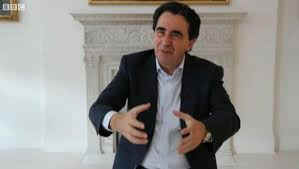 The Spanish architect and engineer Santiago Calatrava, who designed the church, explains his inspiration to the BBC.
The Spanish architect and engineer Santiago Calatrava, who designed the church, explains his inspiration to the BBC.
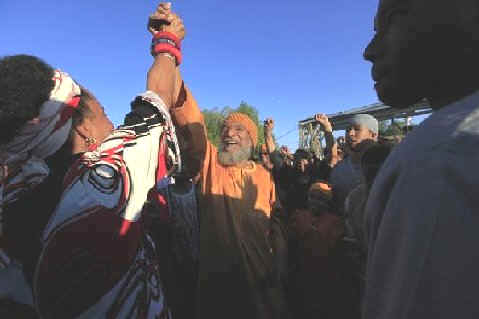
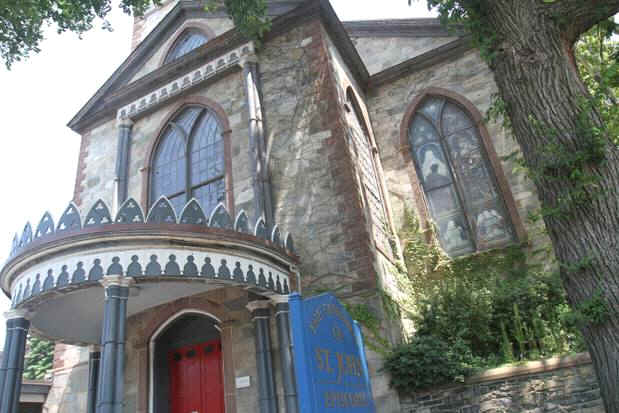
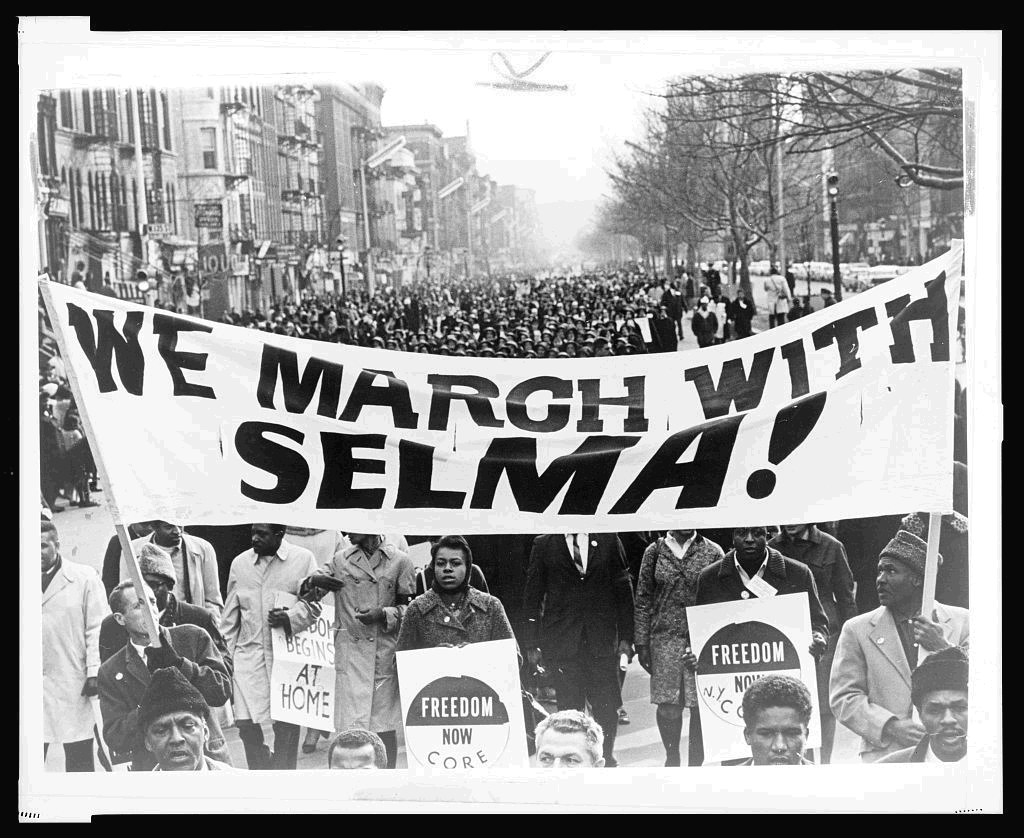

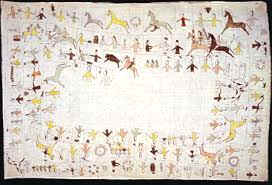
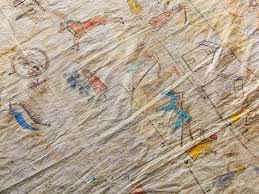
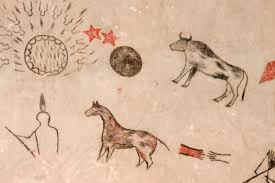
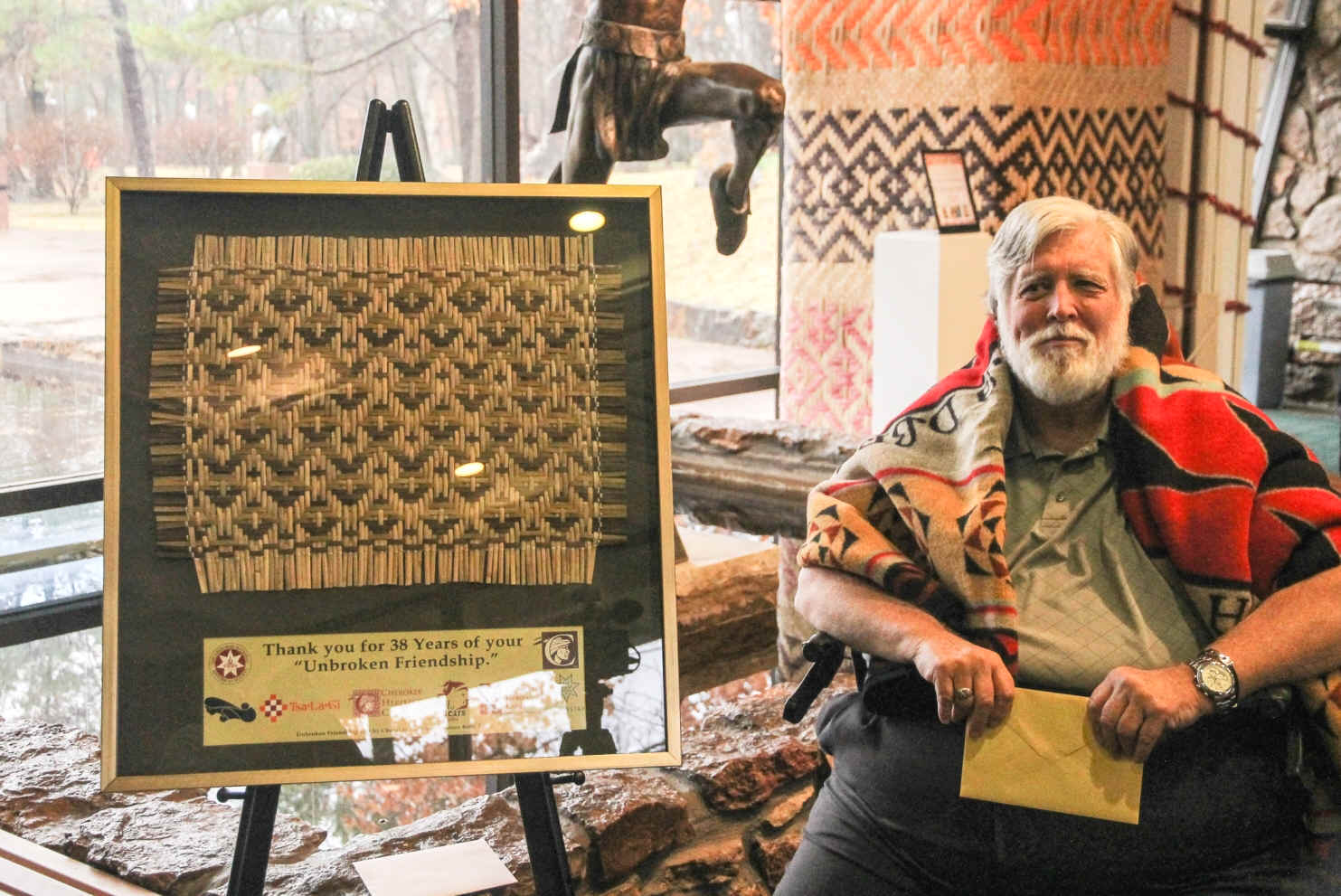
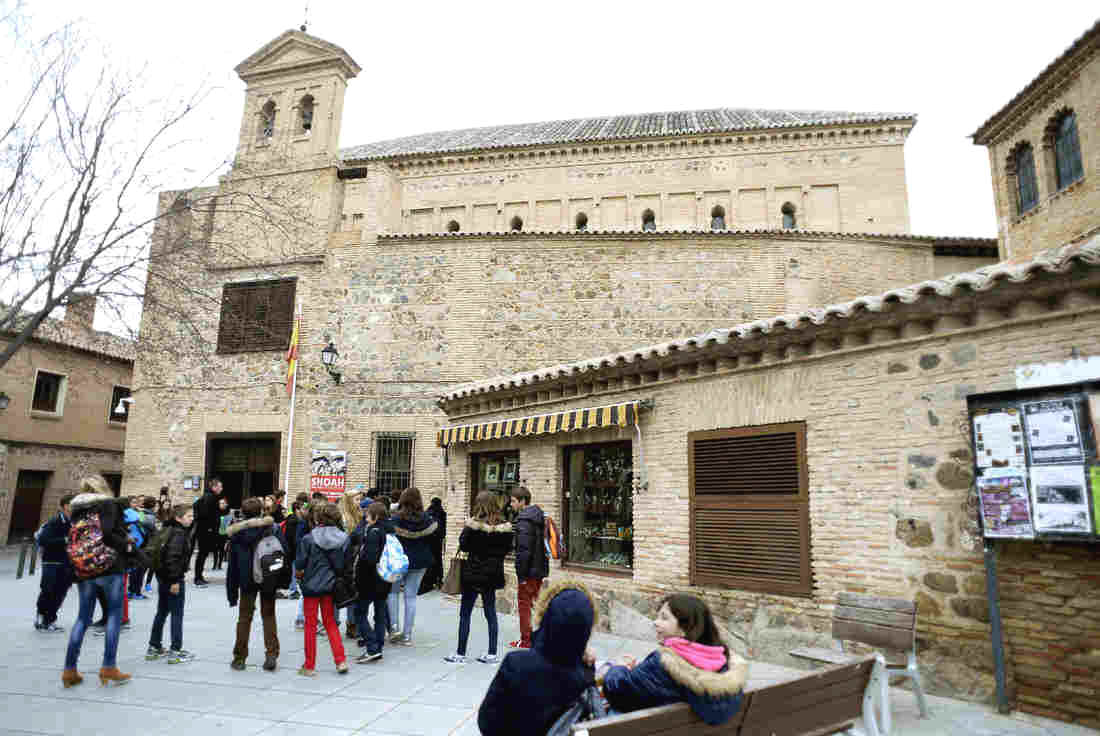
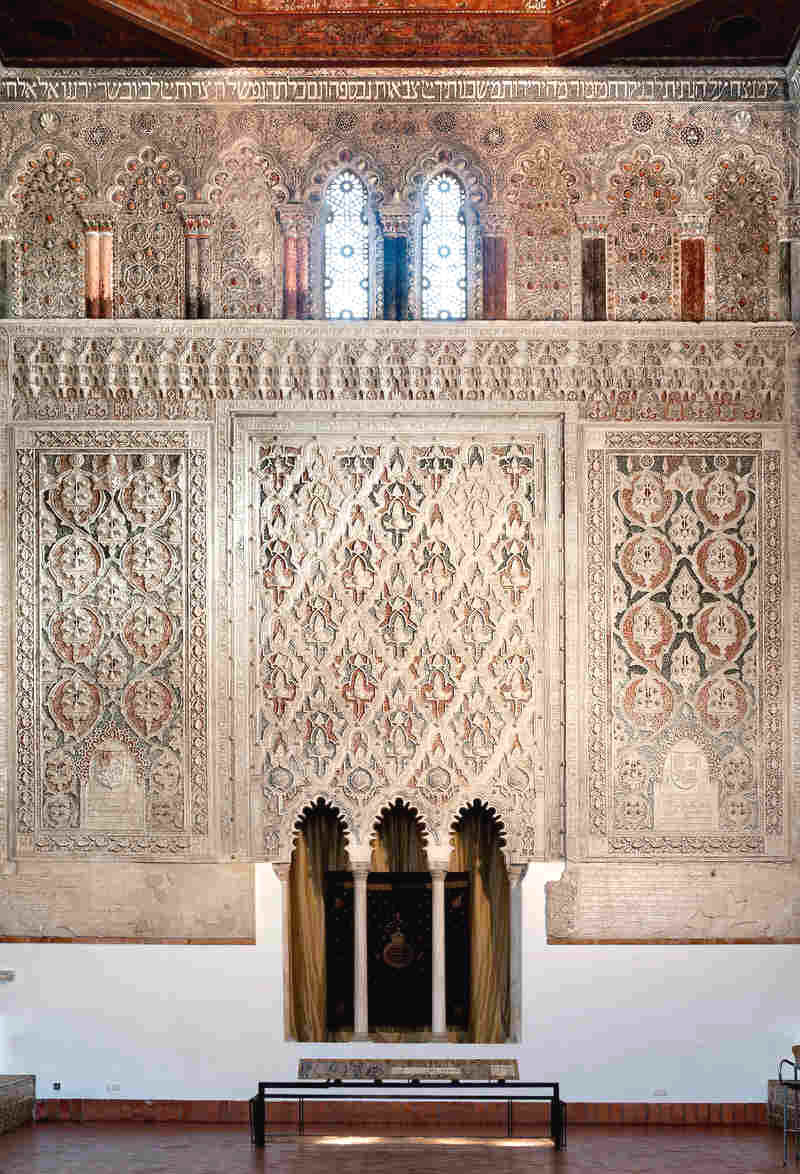 The
interior of the 14th-century El Transito synagogue in Toledo, Spain.
The synagogue's walls are intricately carved with Hebrew prayers, in
marble and gold, and Moorish designs — representing the mix of
Jewish and Arab traditions that coexisted in Spain during the Middle
Ages. Here you can see the knave of the synagogue, where Torah
scrolls were once kept. Courtesy of
Museo Sefardí
The
interior of the 14th-century El Transito synagogue in Toledo, Spain.
The synagogue's walls are intricately carved with Hebrew prayers, in
marble and gold, and Moorish designs — representing the mix of
Jewish and Arab traditions that coexisted in Spain during the Middle
Ages. Here you can see the knave of the synagogue, where Torah
scrolls were once kept. Courtesy of
Museo Sefardí 

 E
E
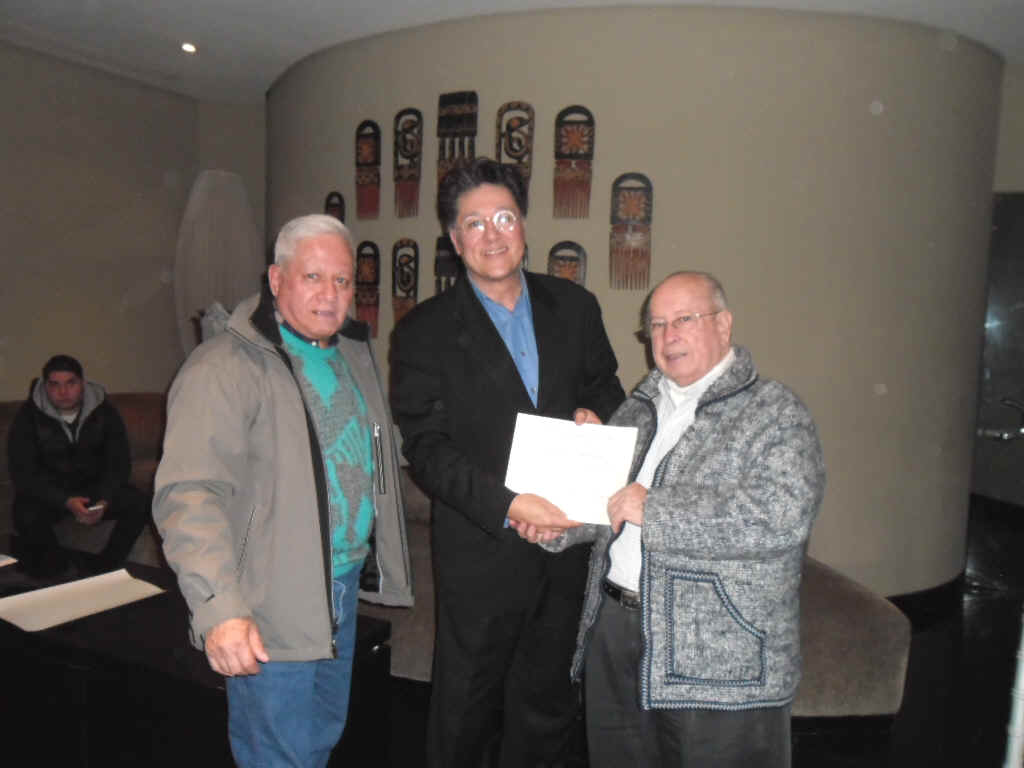
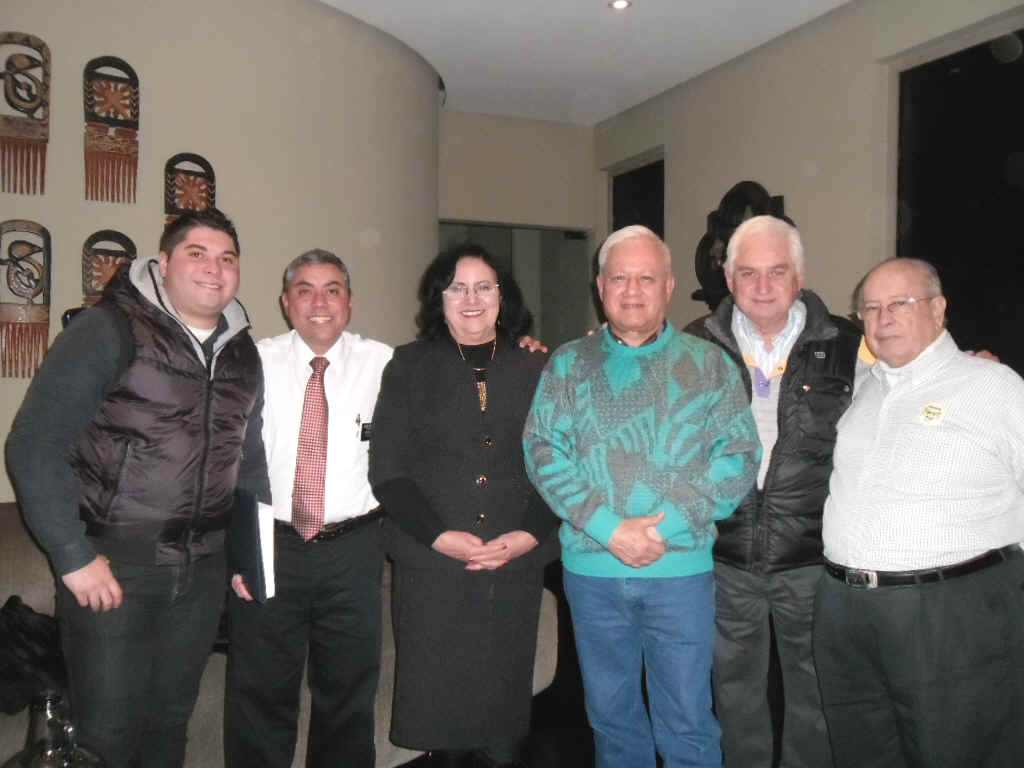
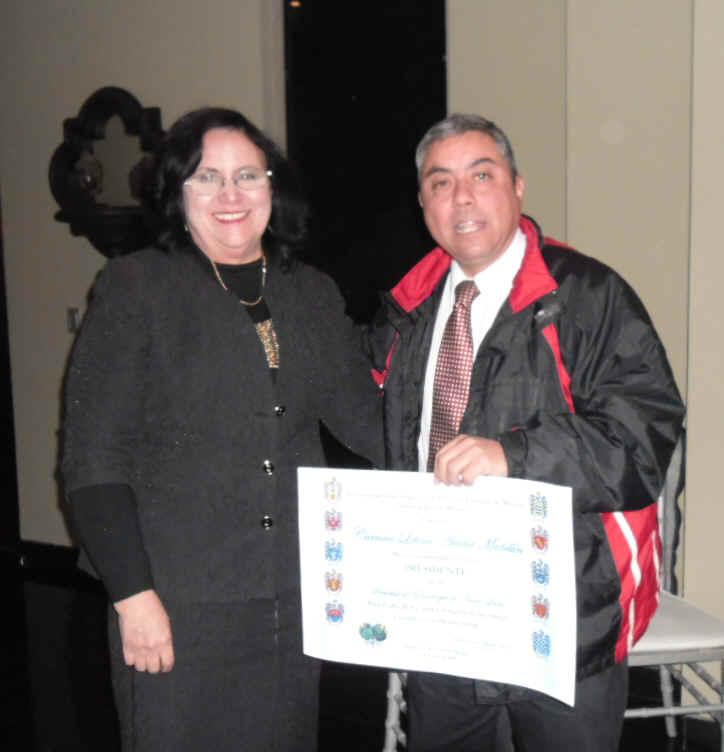
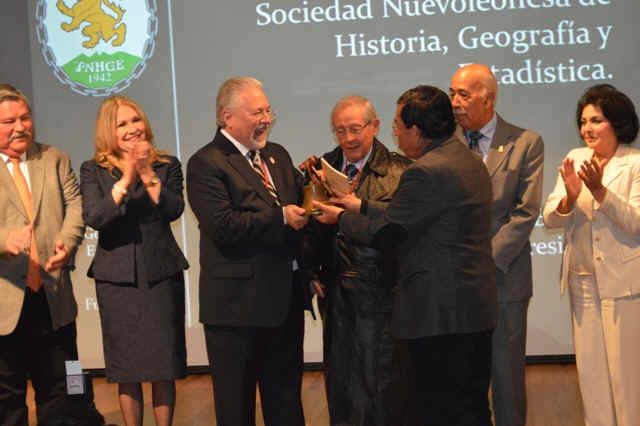

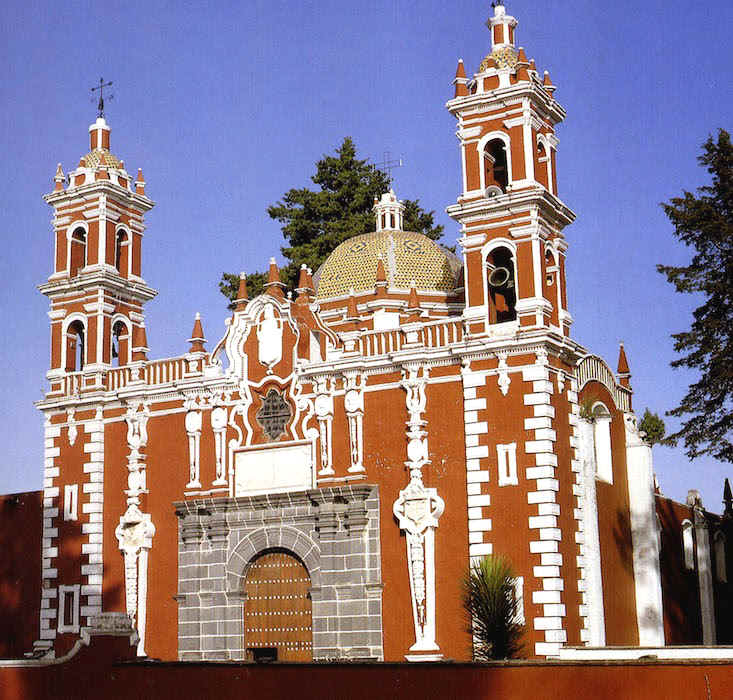
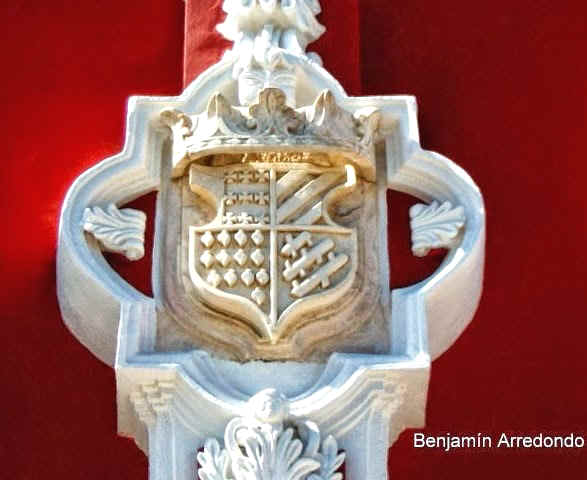
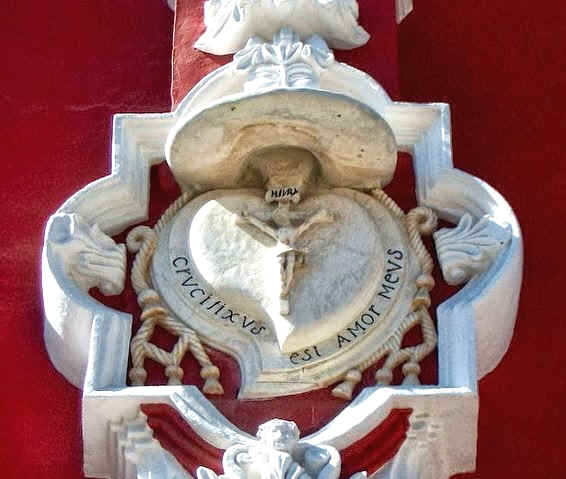
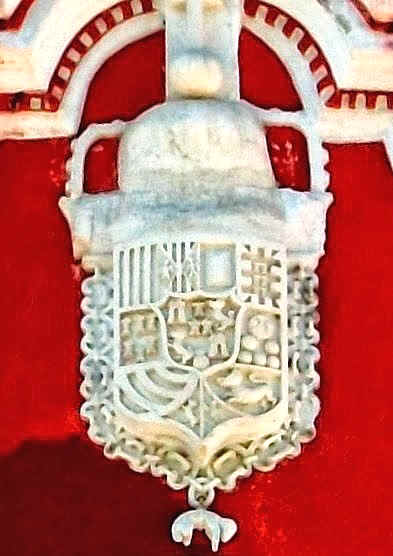
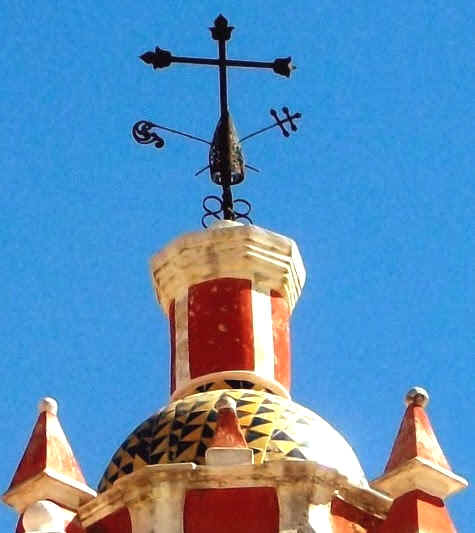
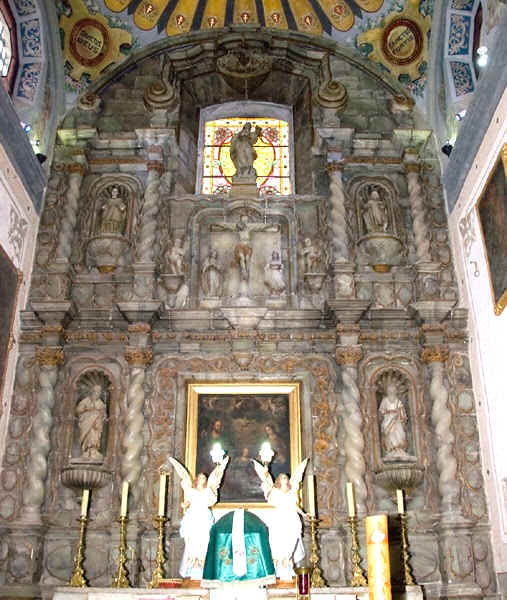

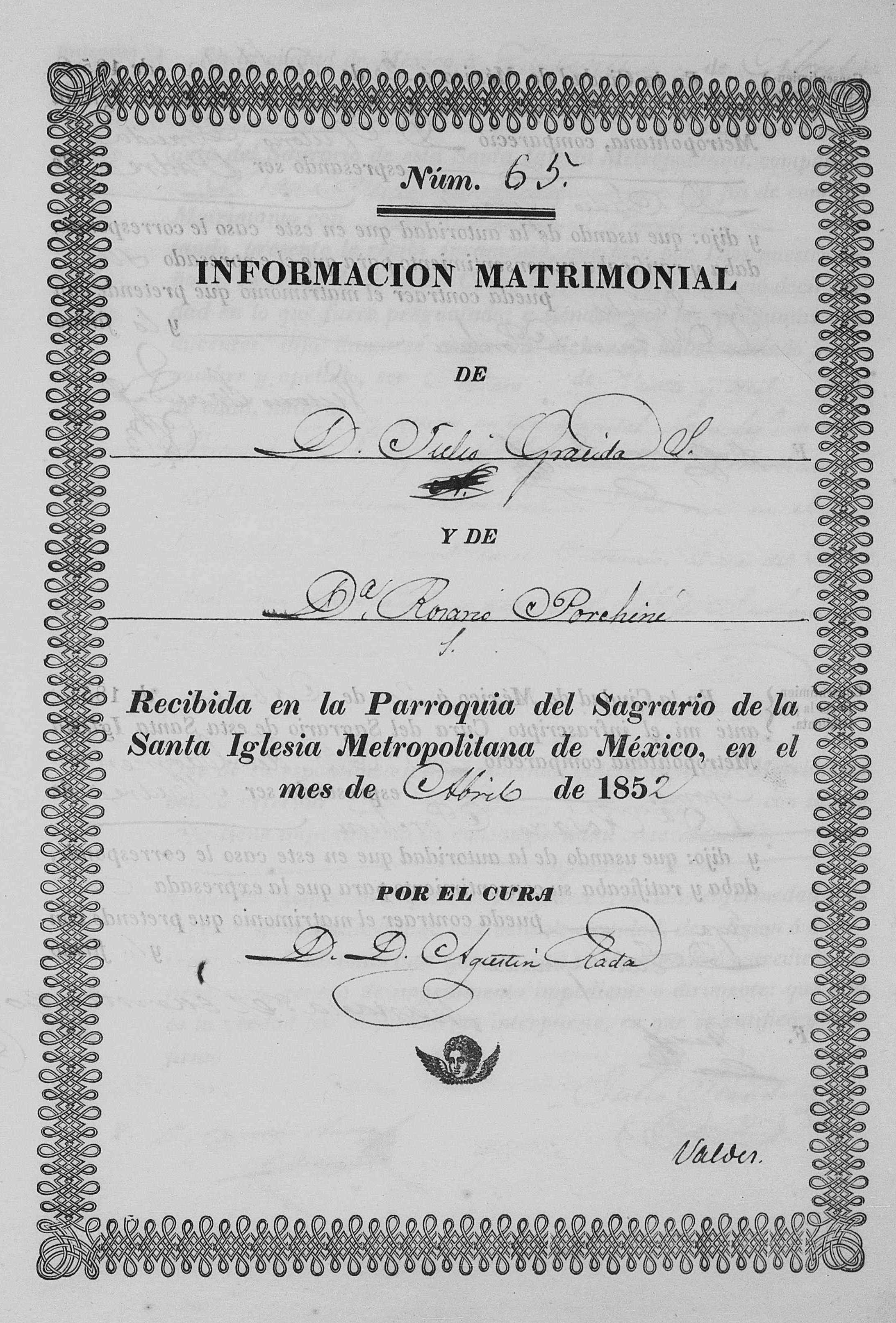
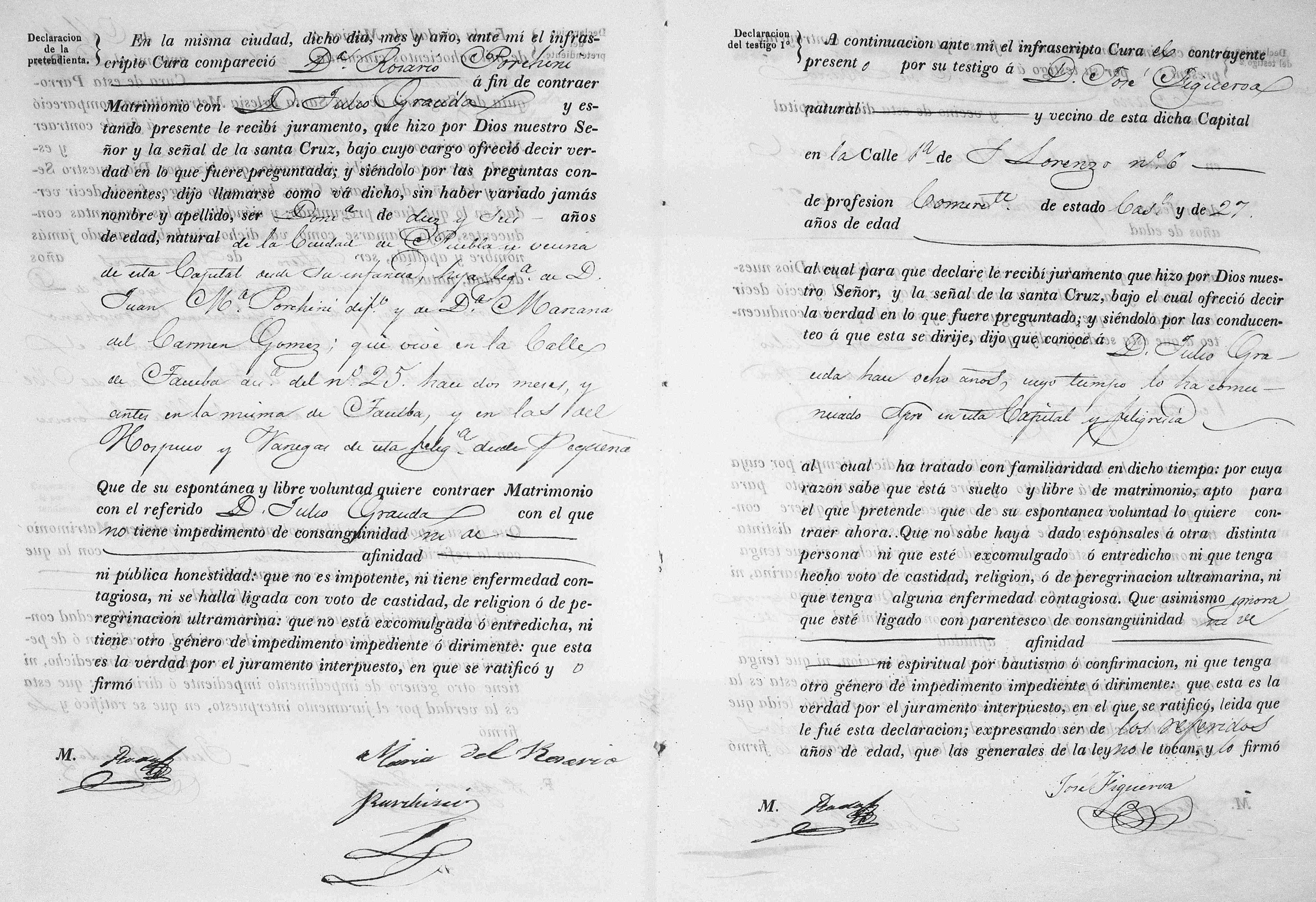
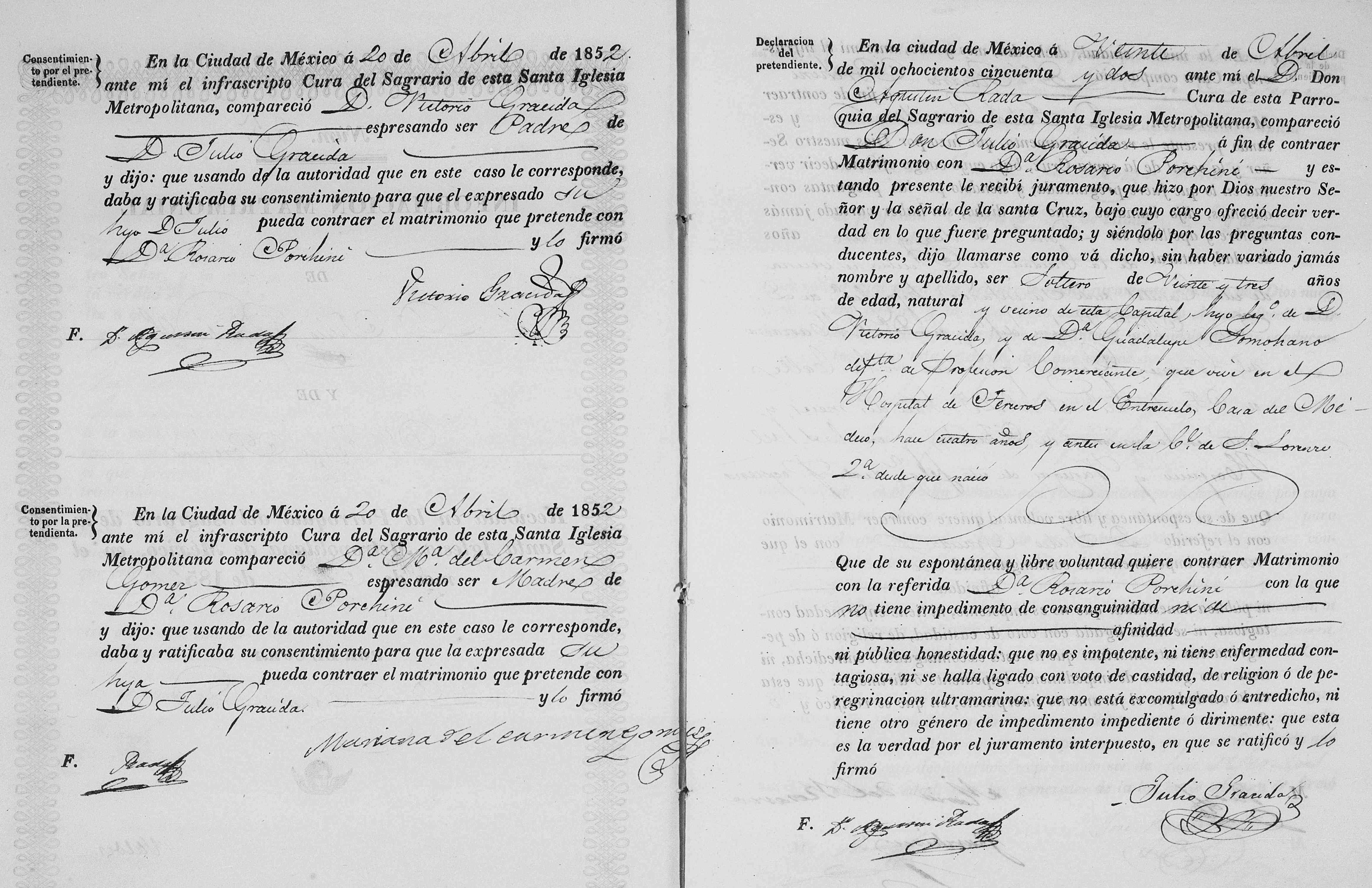
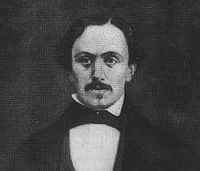
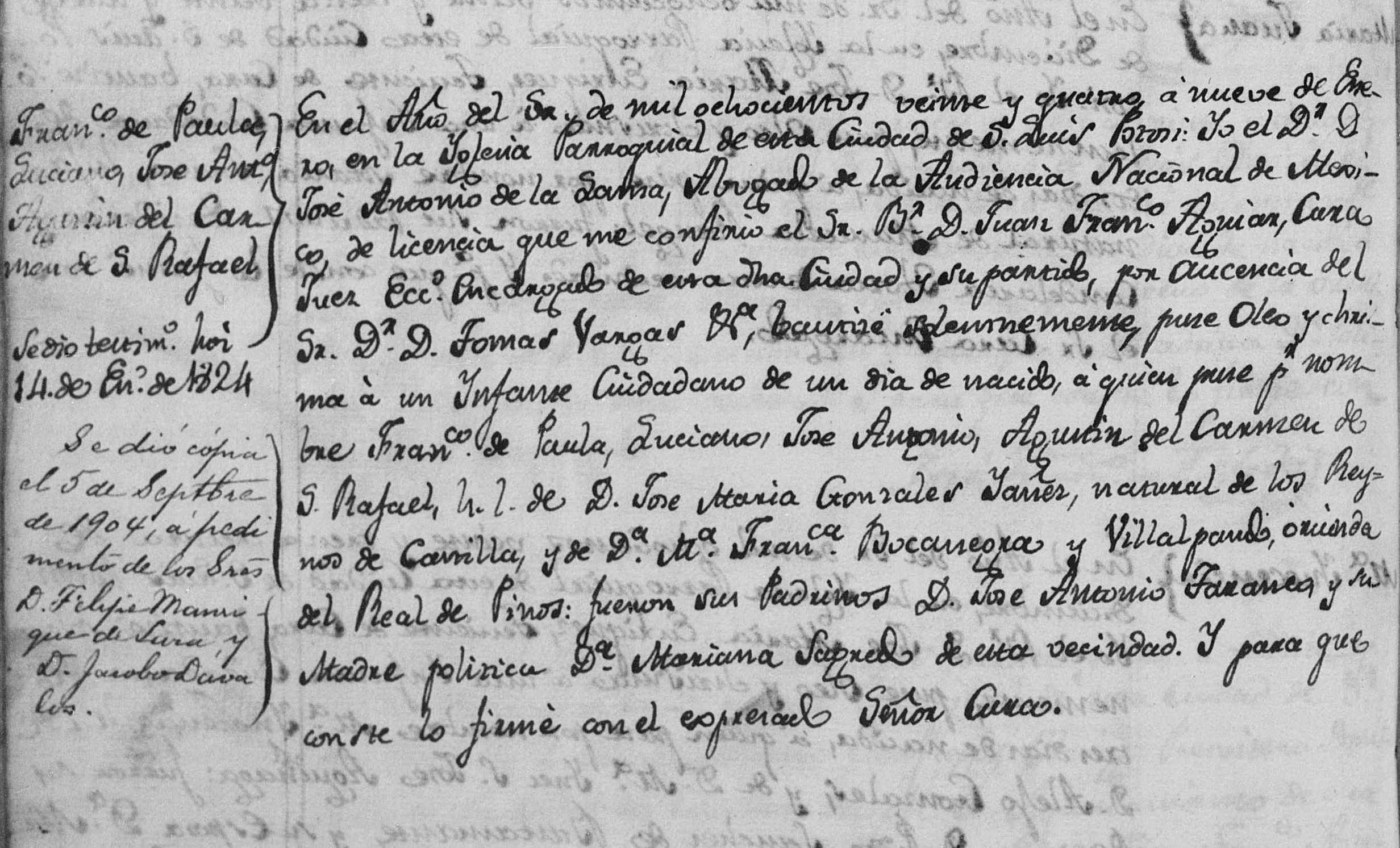

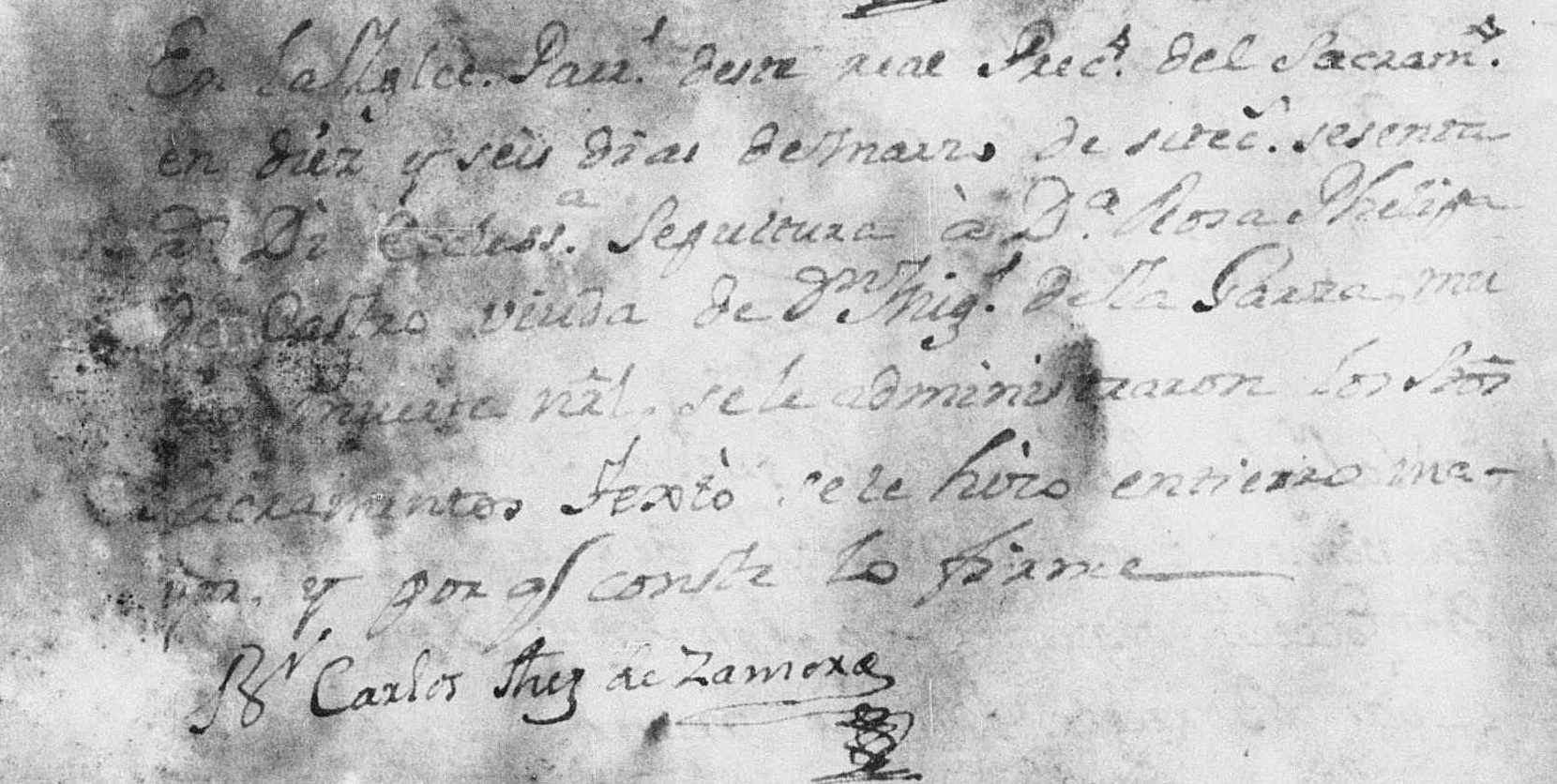


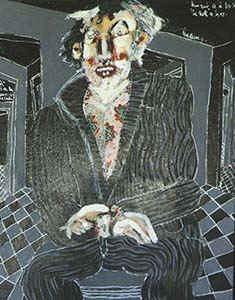
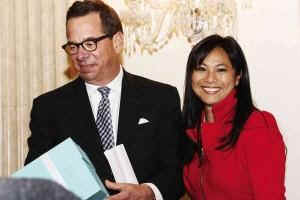



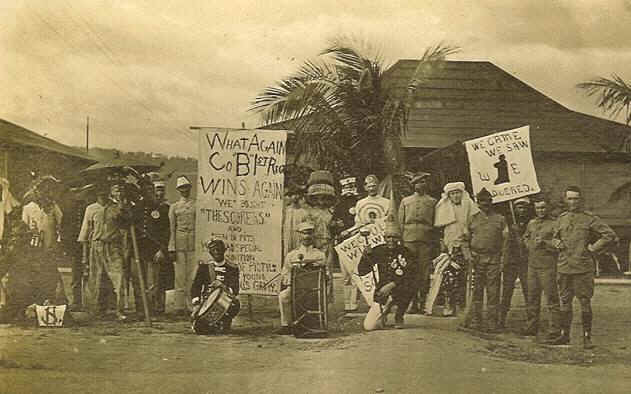
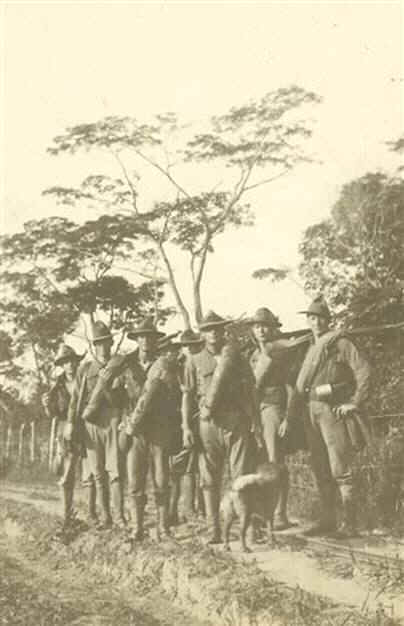
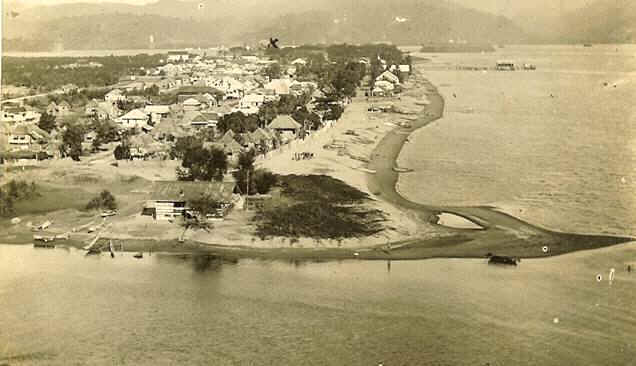
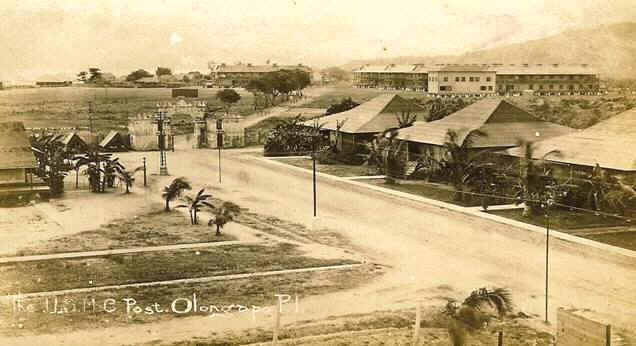
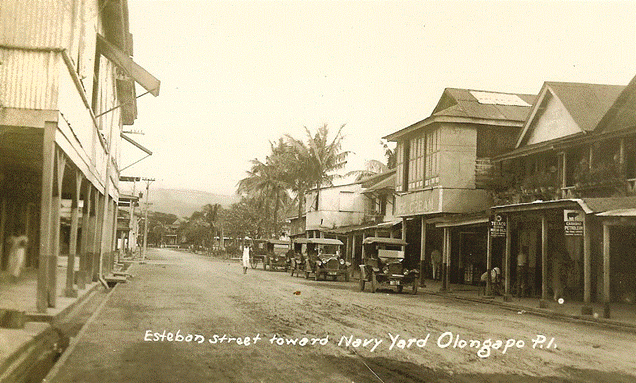
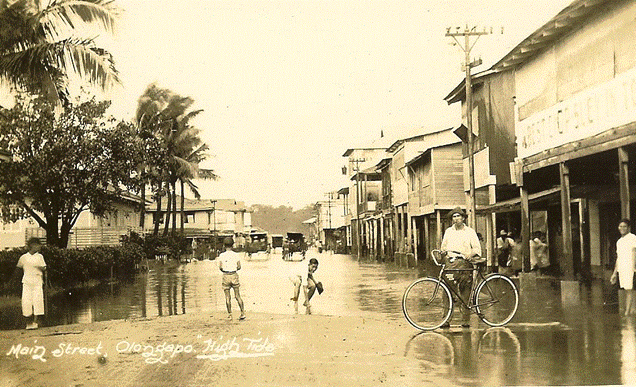
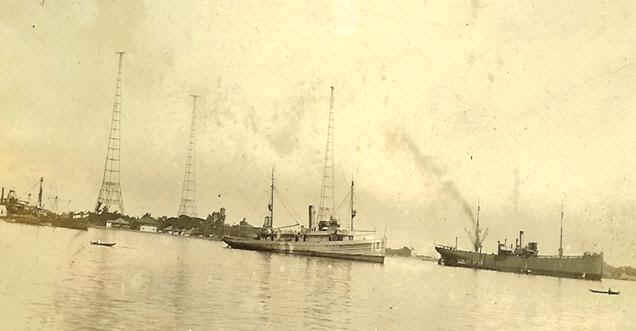
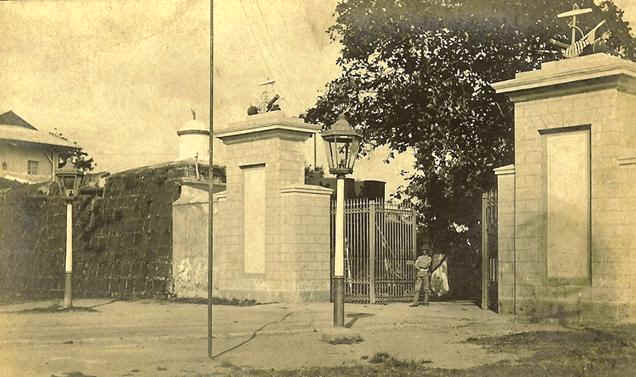
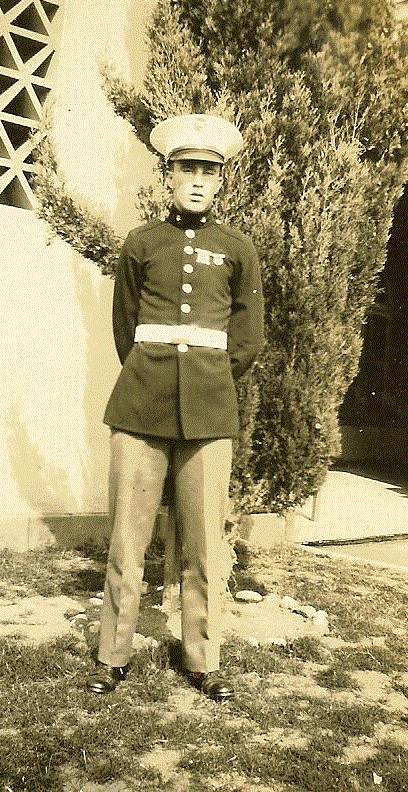

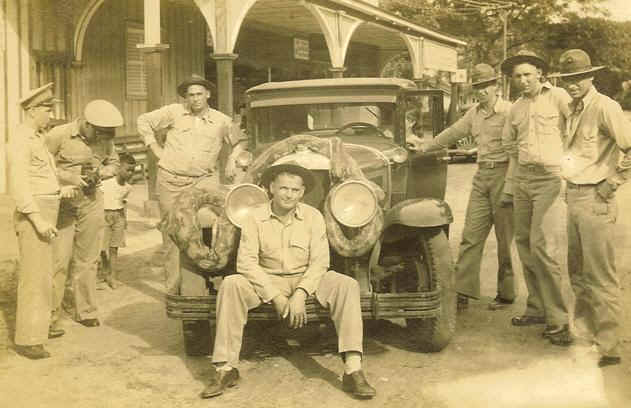
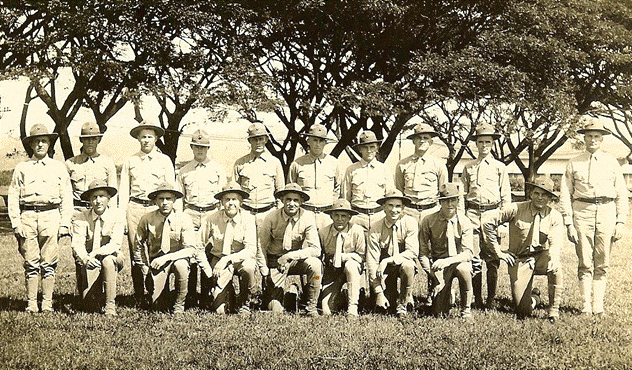
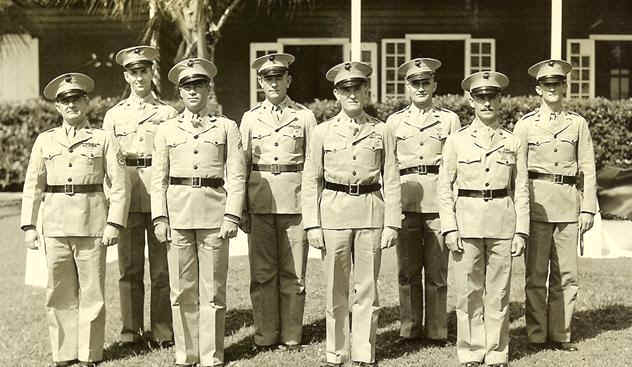

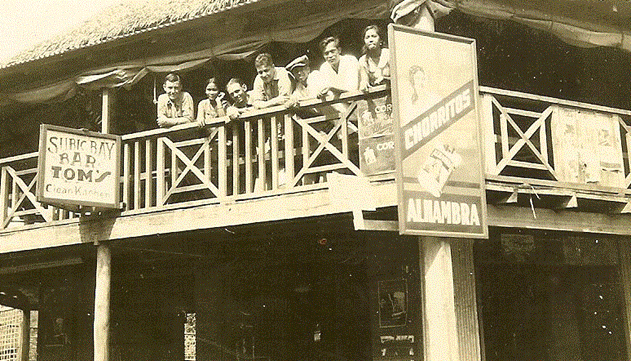

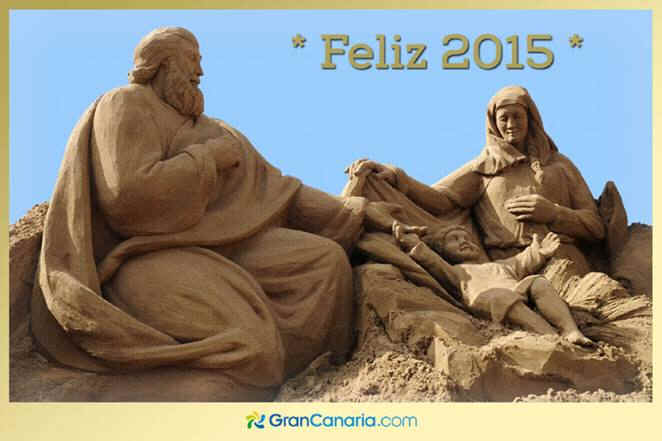
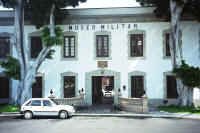
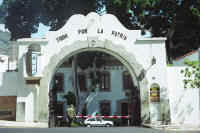
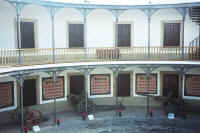
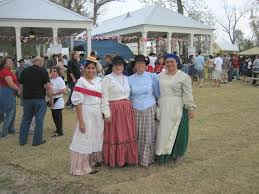
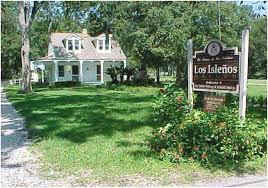

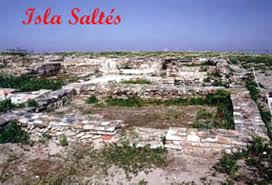

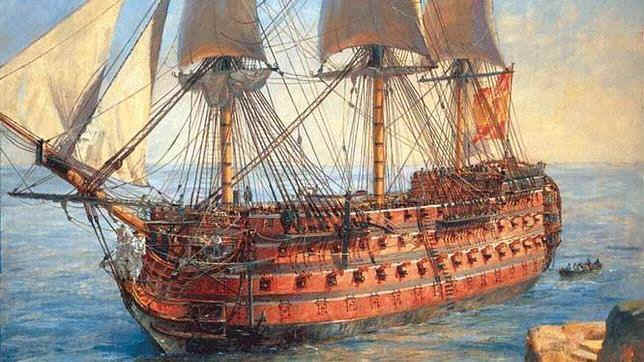


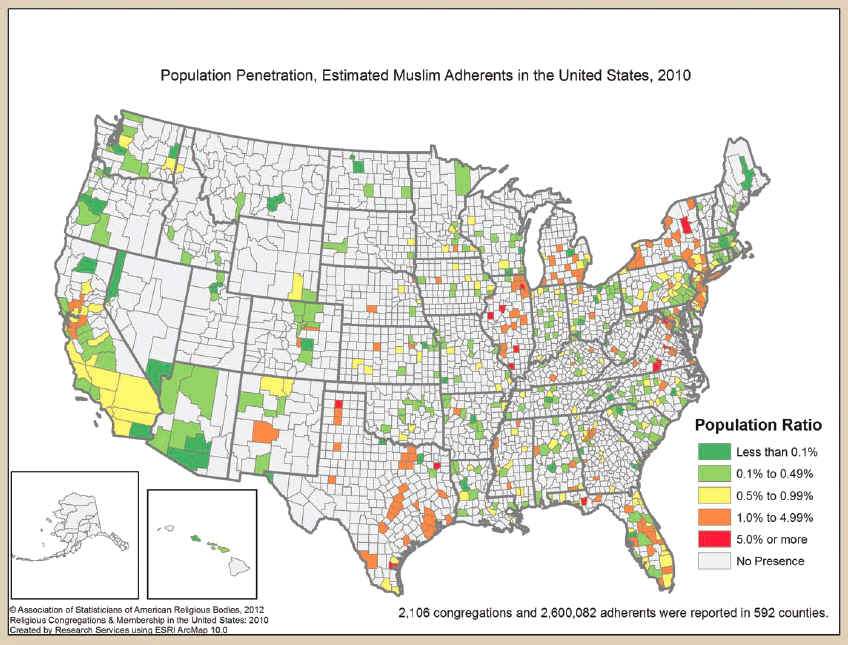

 World War I, known at the time as the Great War, was thought to be the war that would end all future wars. All sides suffered an incredibly high number of needless deaths and the war devastated an entire generation. In fact, the sheer amount of destruction and death has only been eclipsed by World War II.
World War I, known at the time as the Great War, was thought to be the war that would end all future wars. All sides suffered an incredibly high number of needless deaths and the war devastated an entire generation. In fact, the sheer amount of destruction and death has only been eclipsed by World War II.


